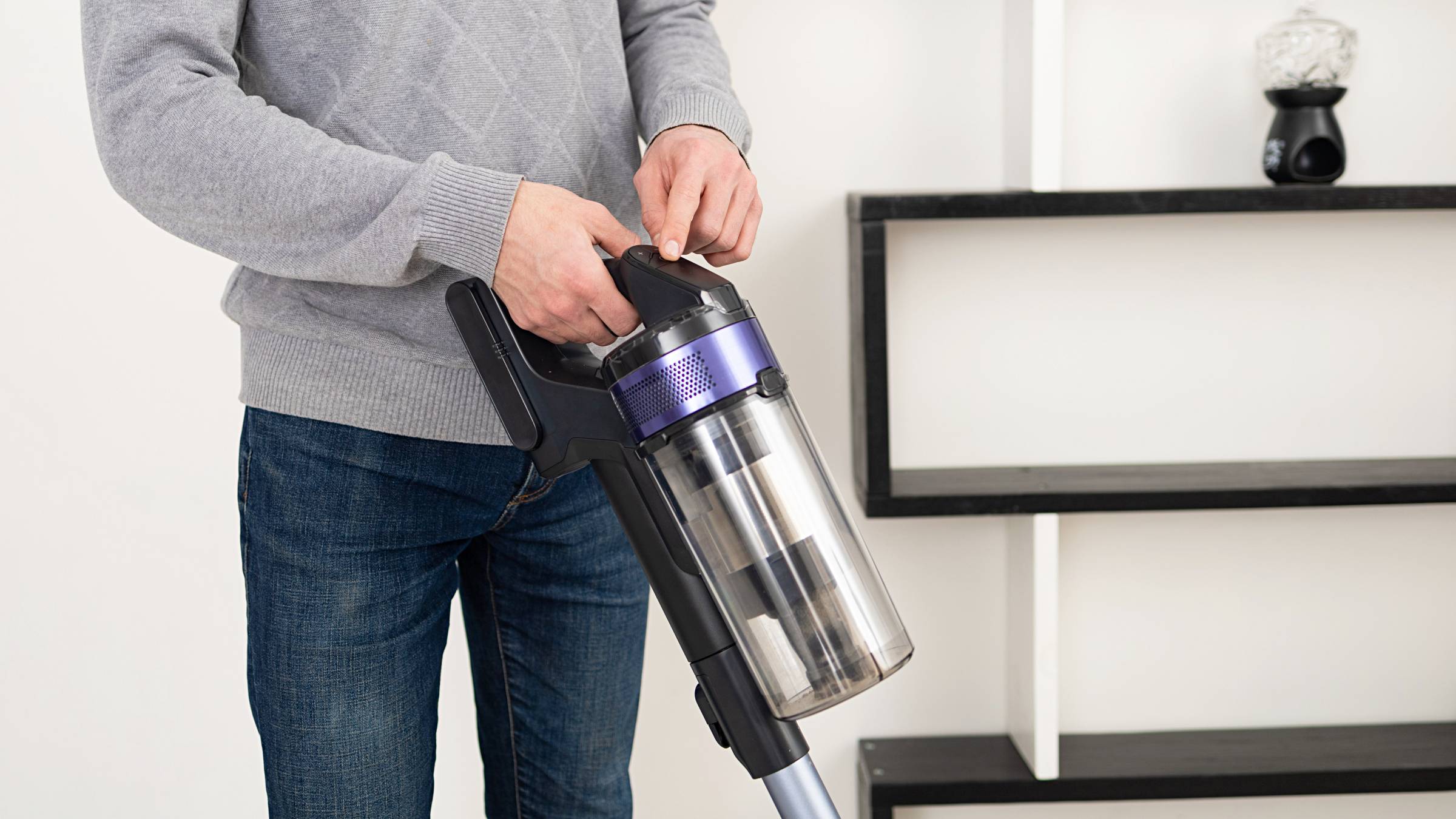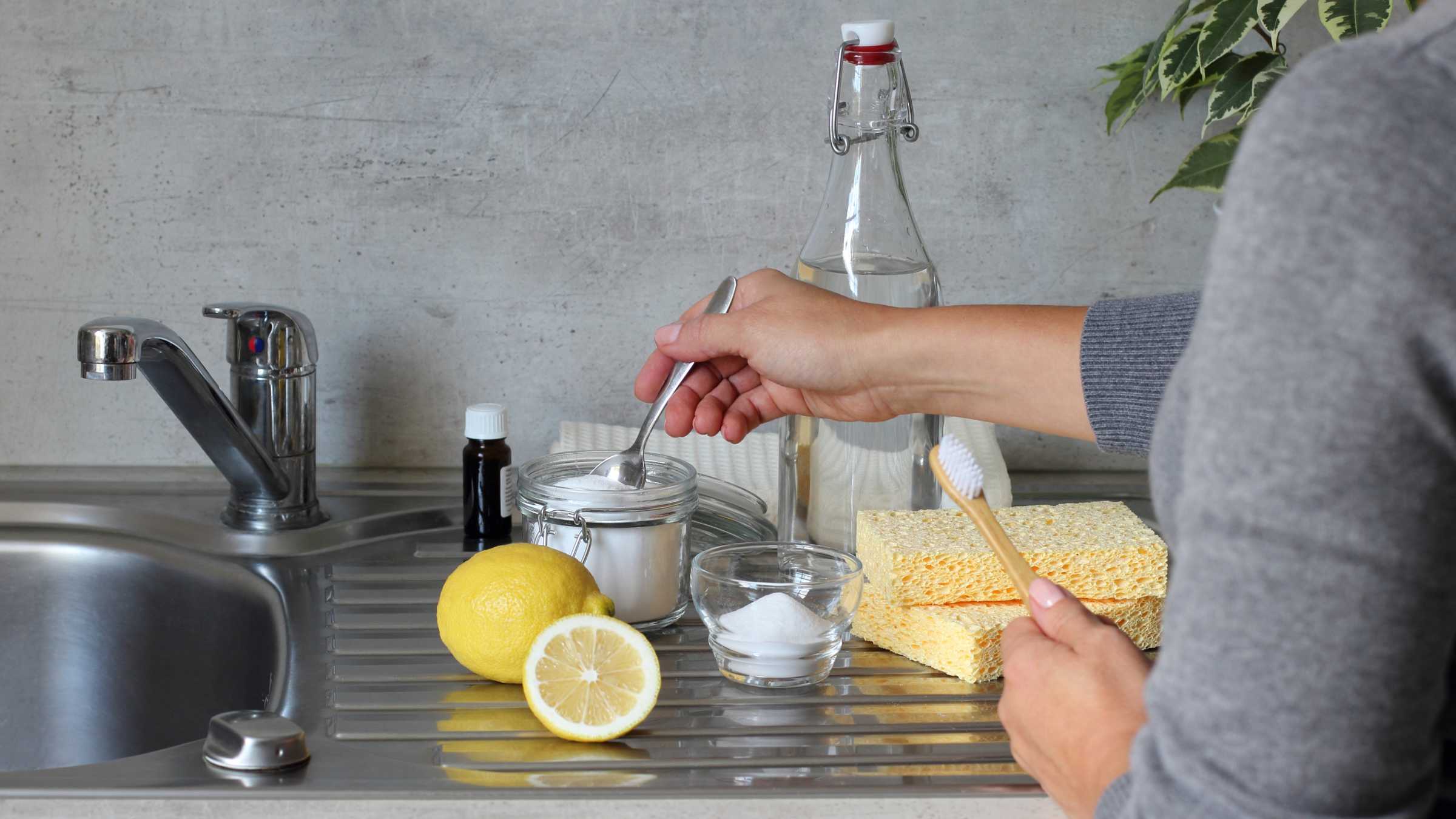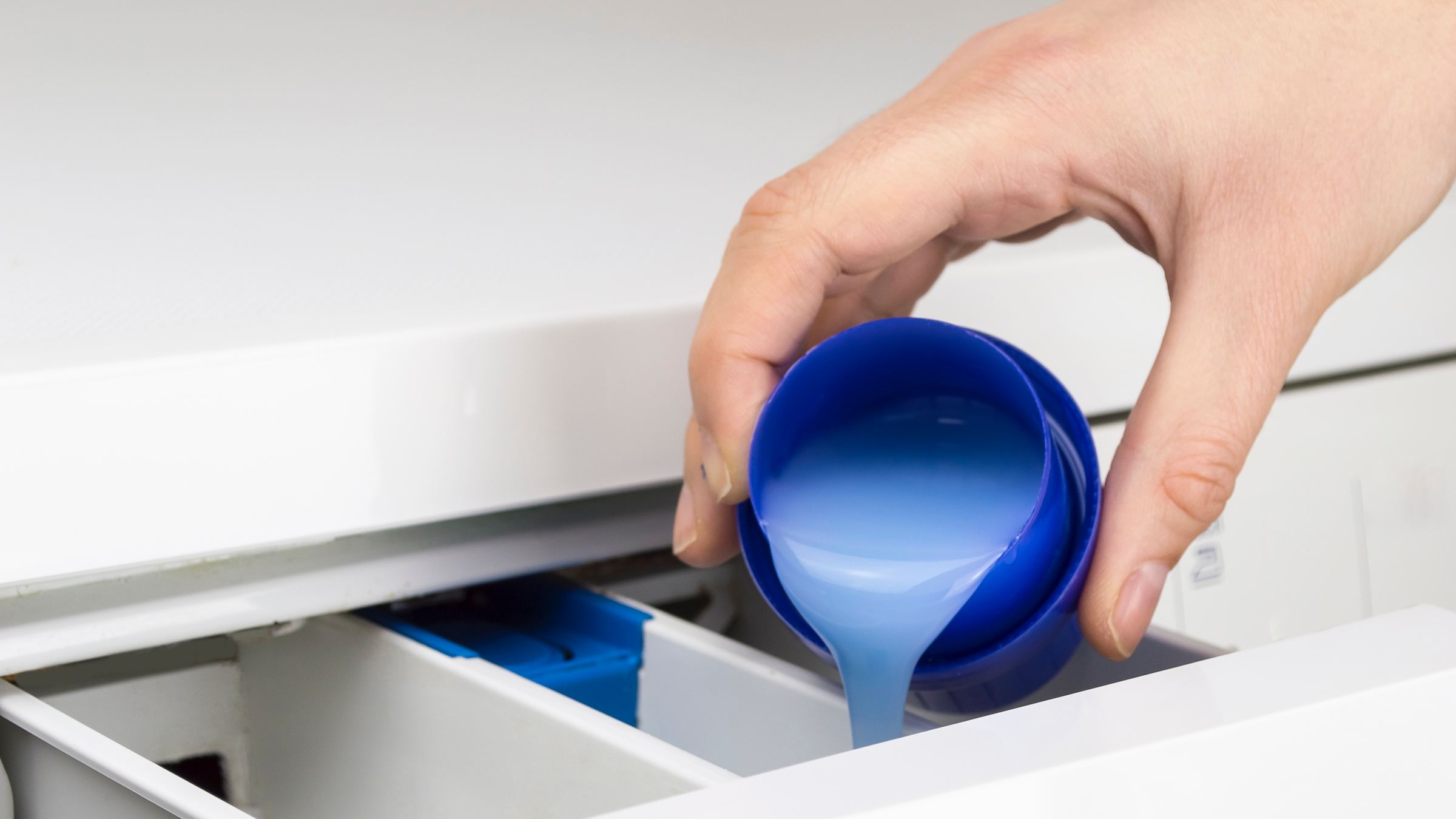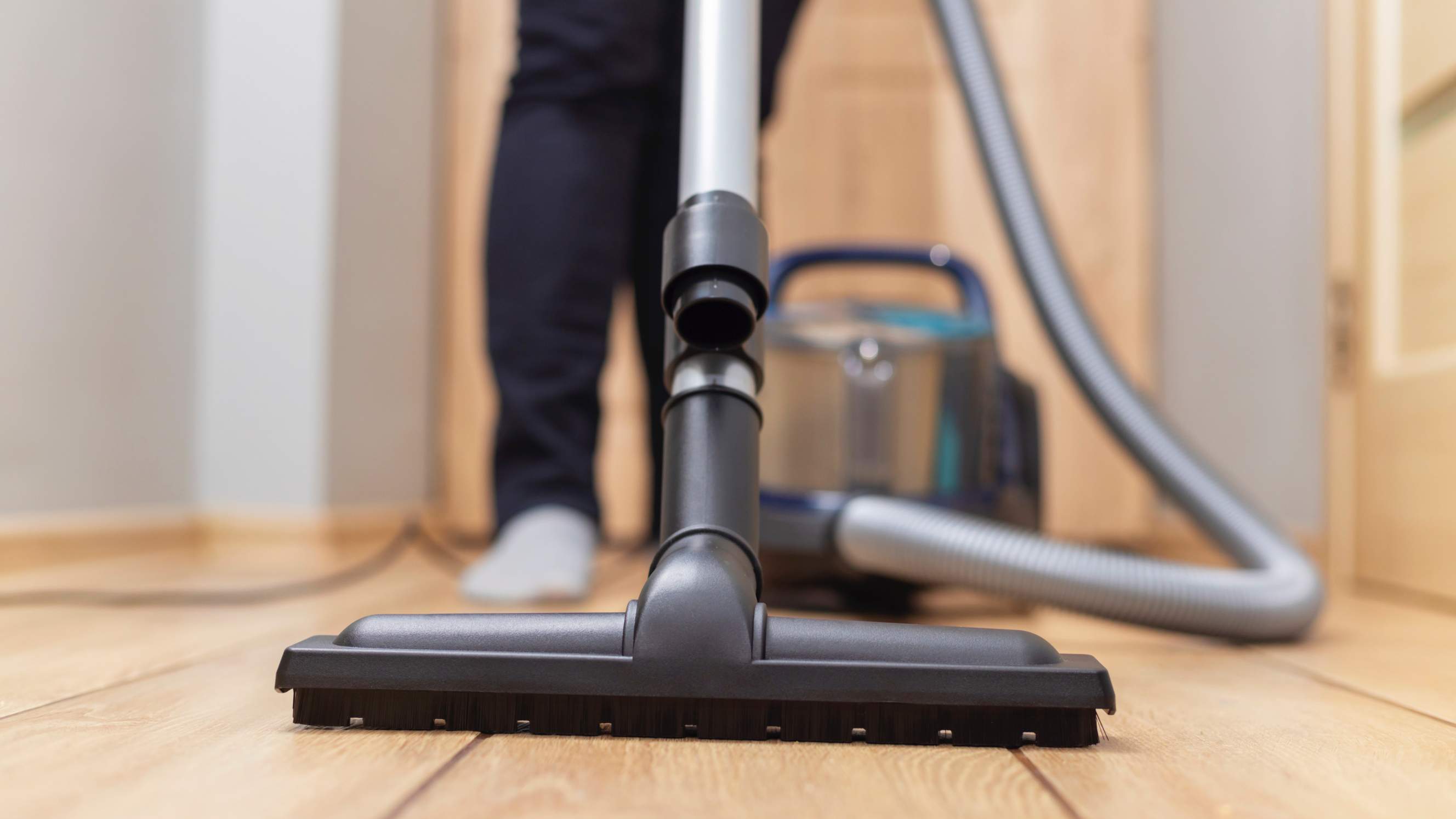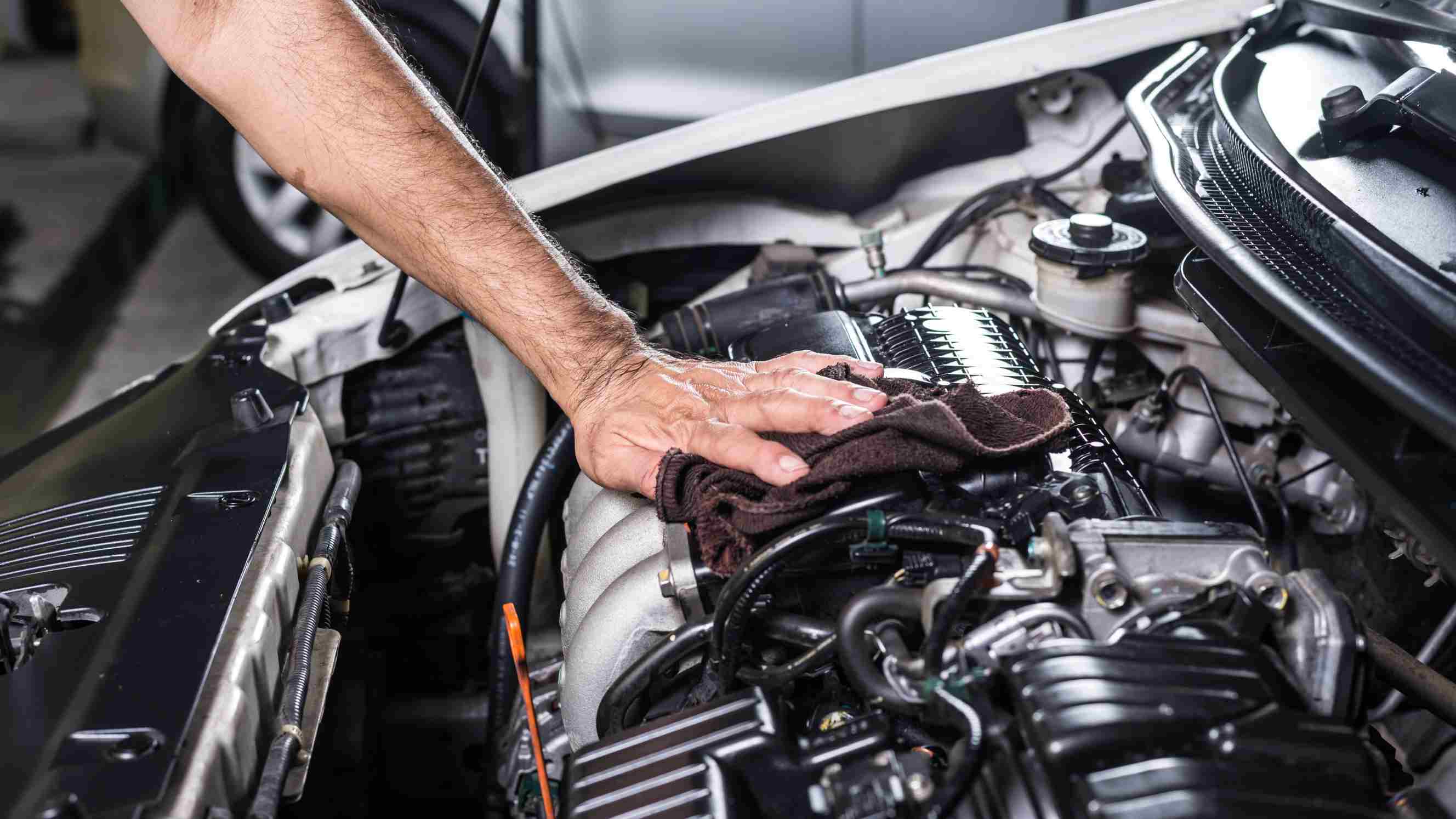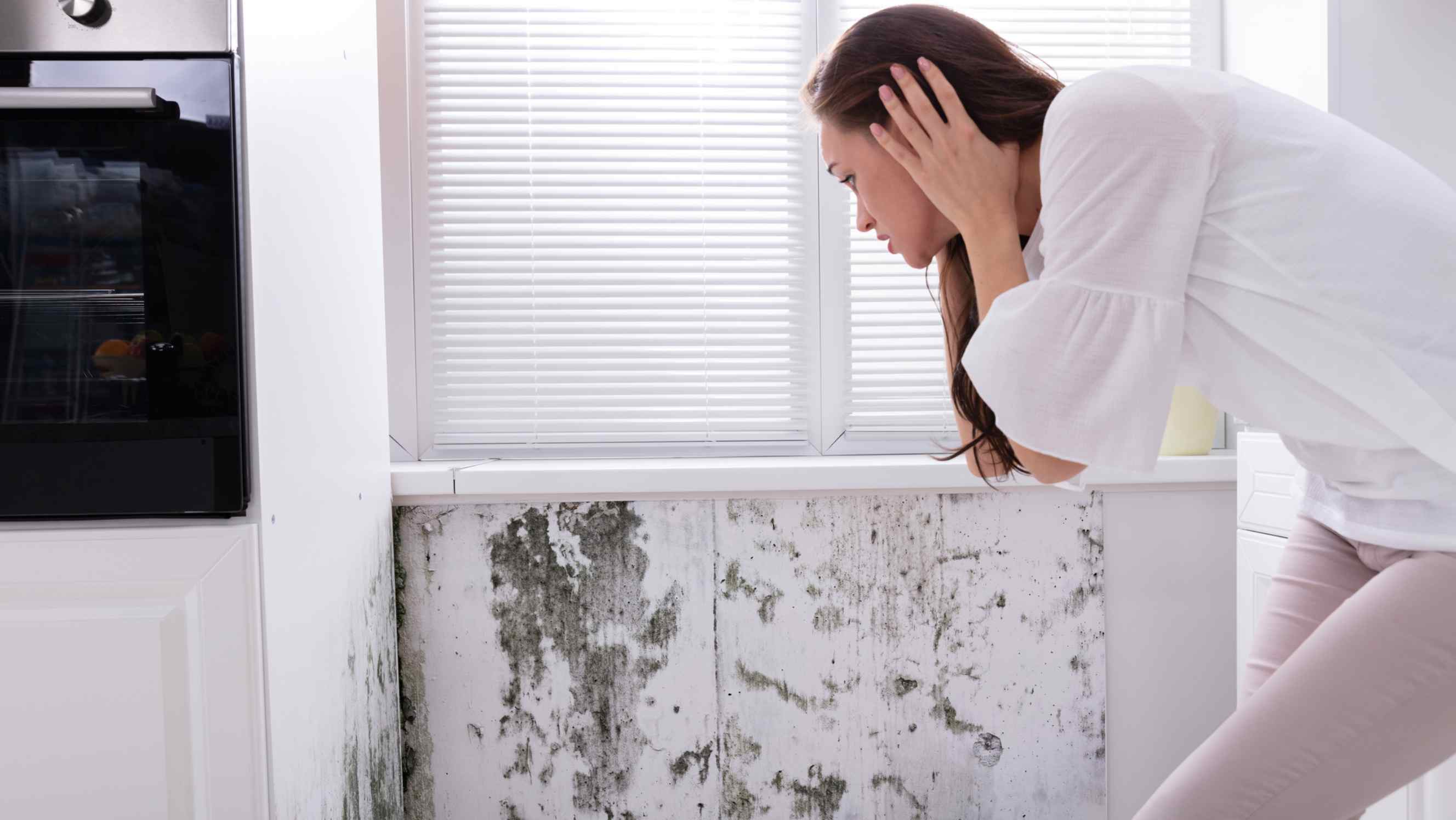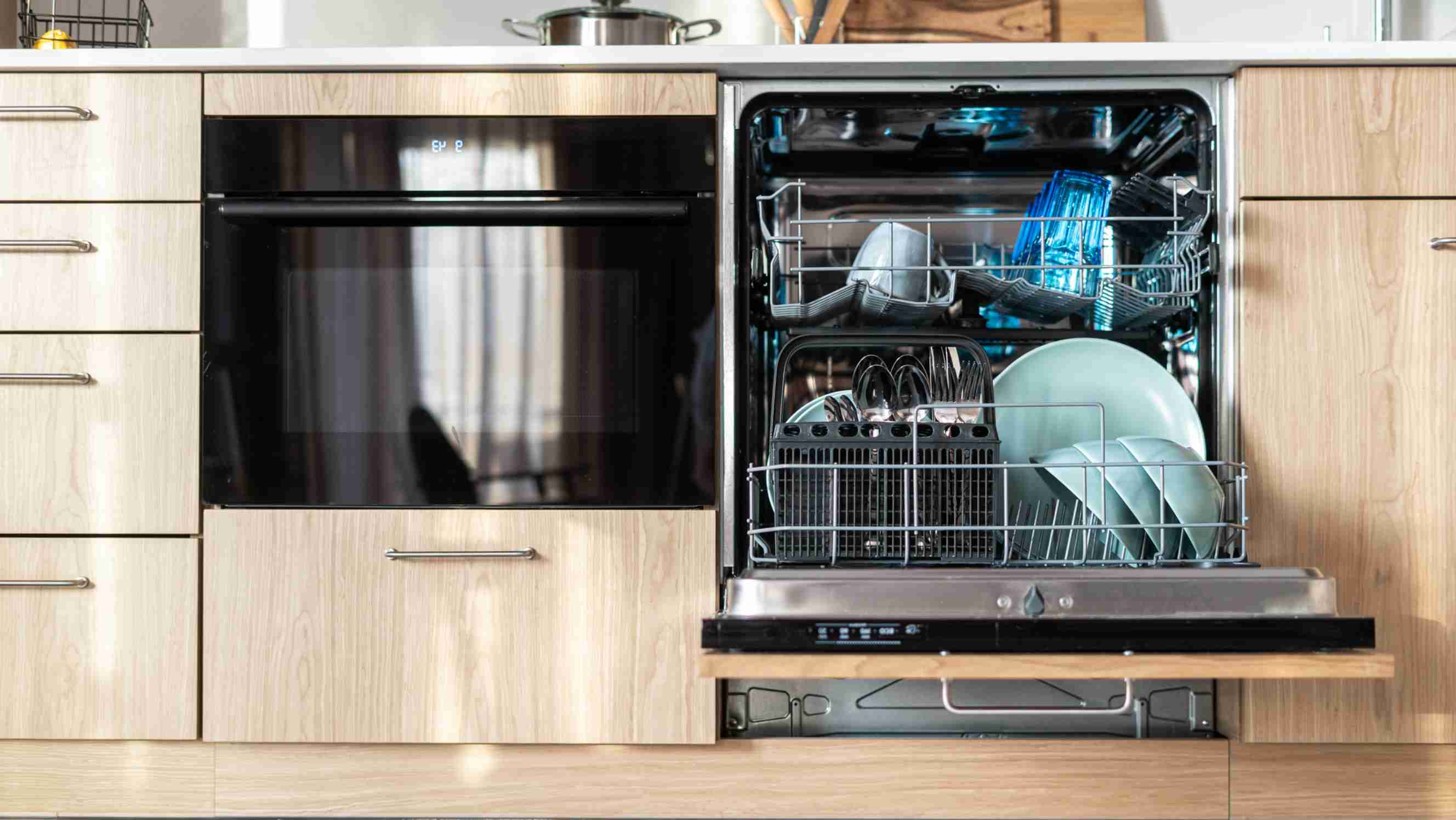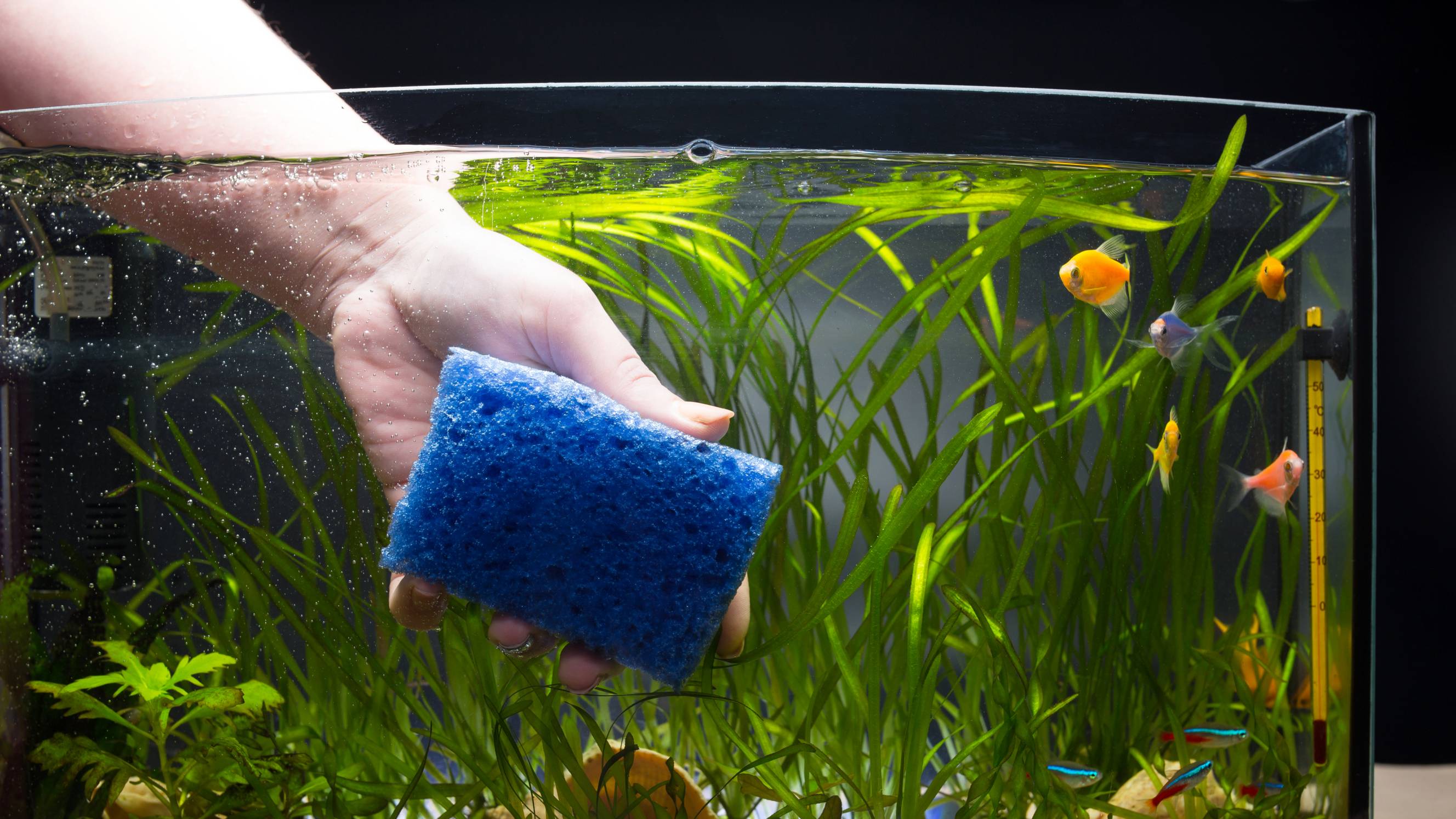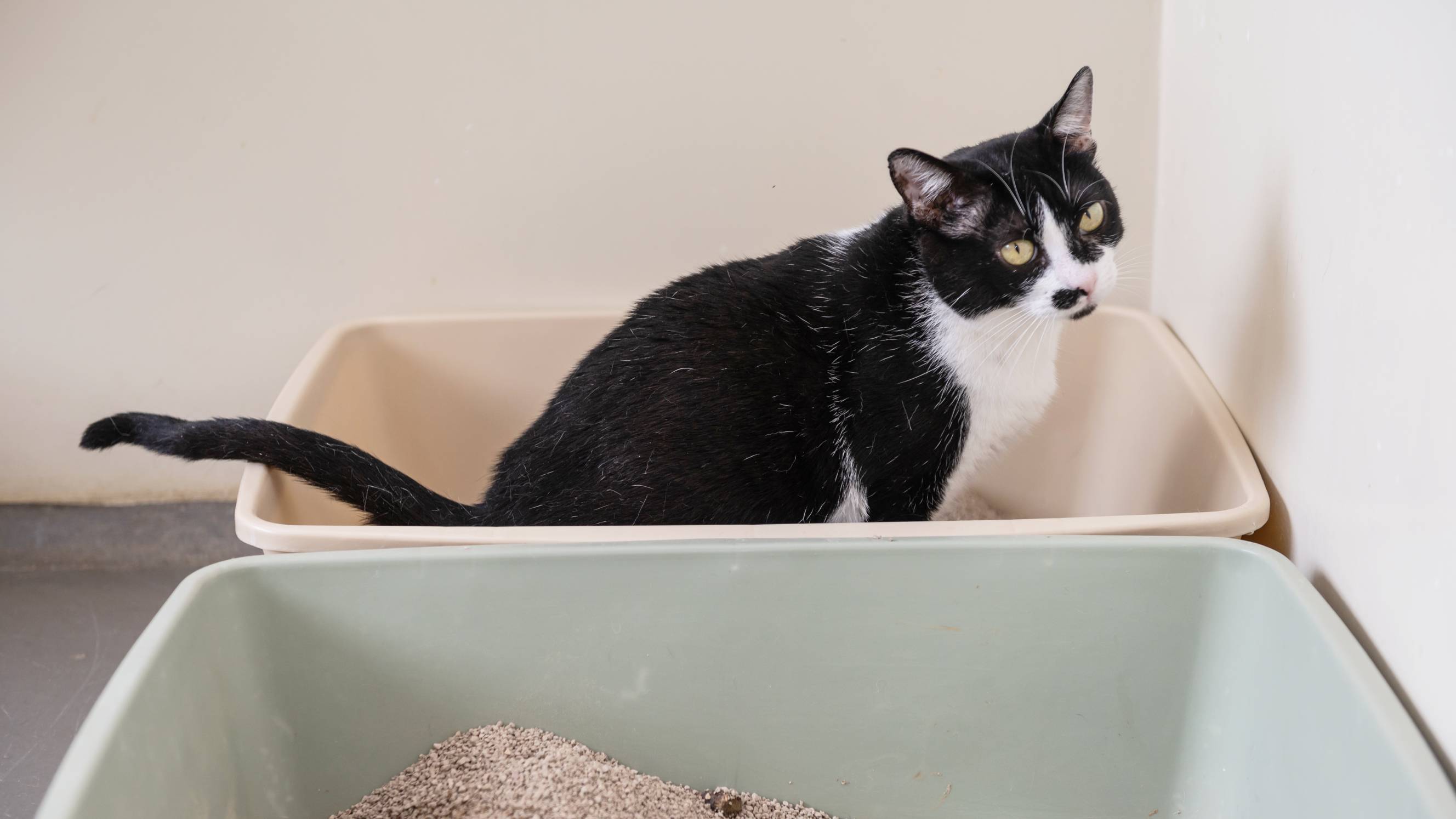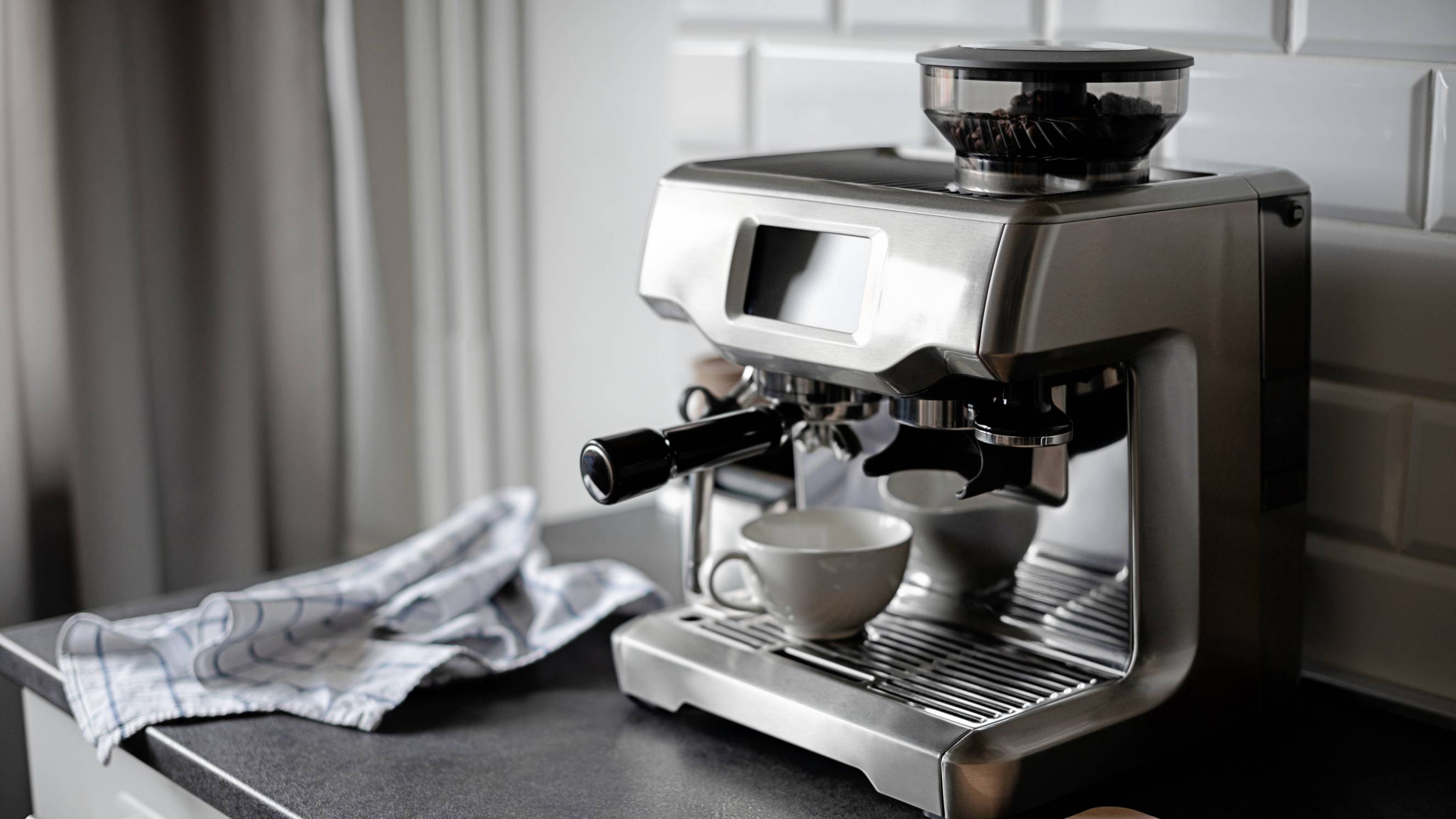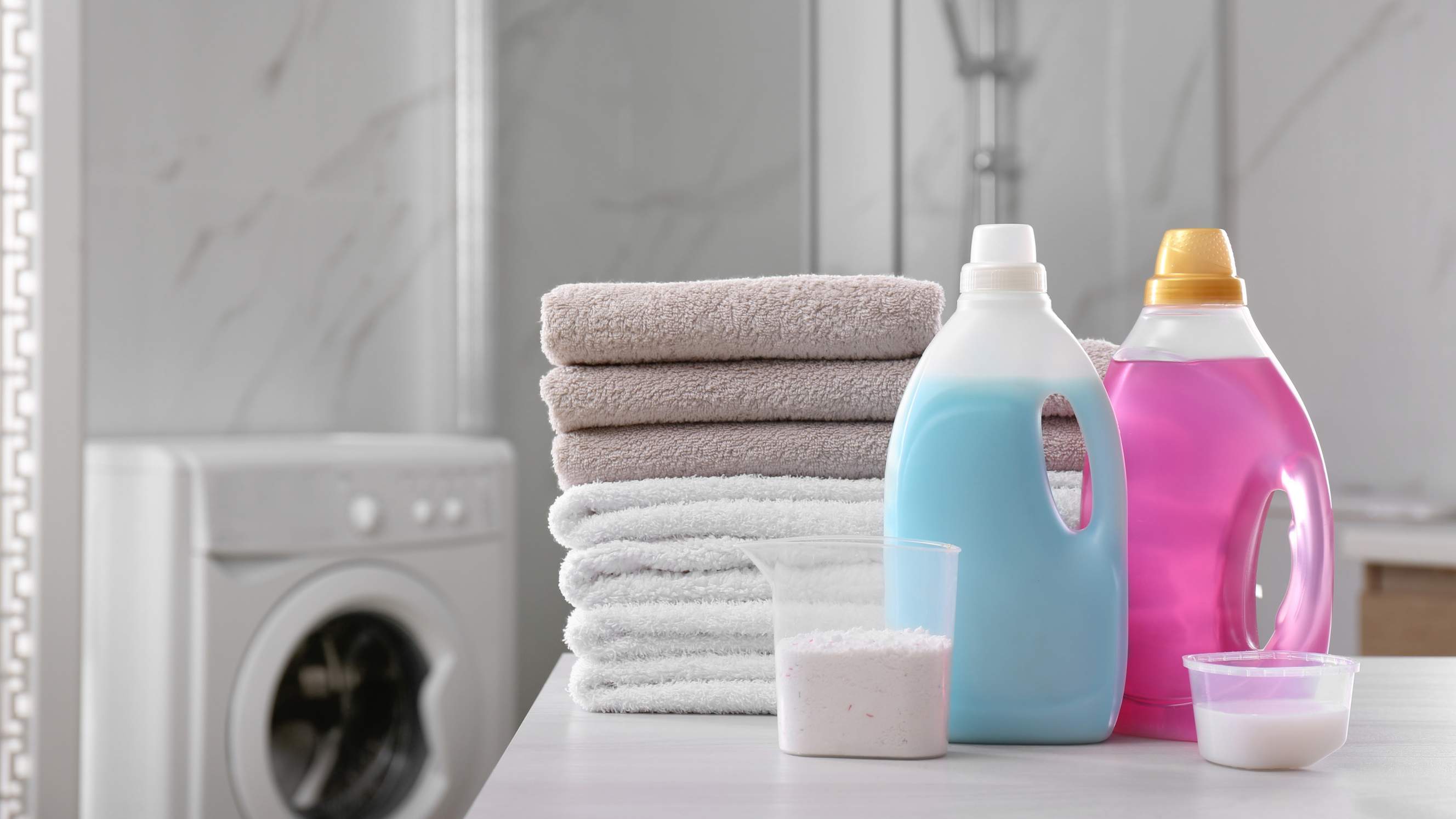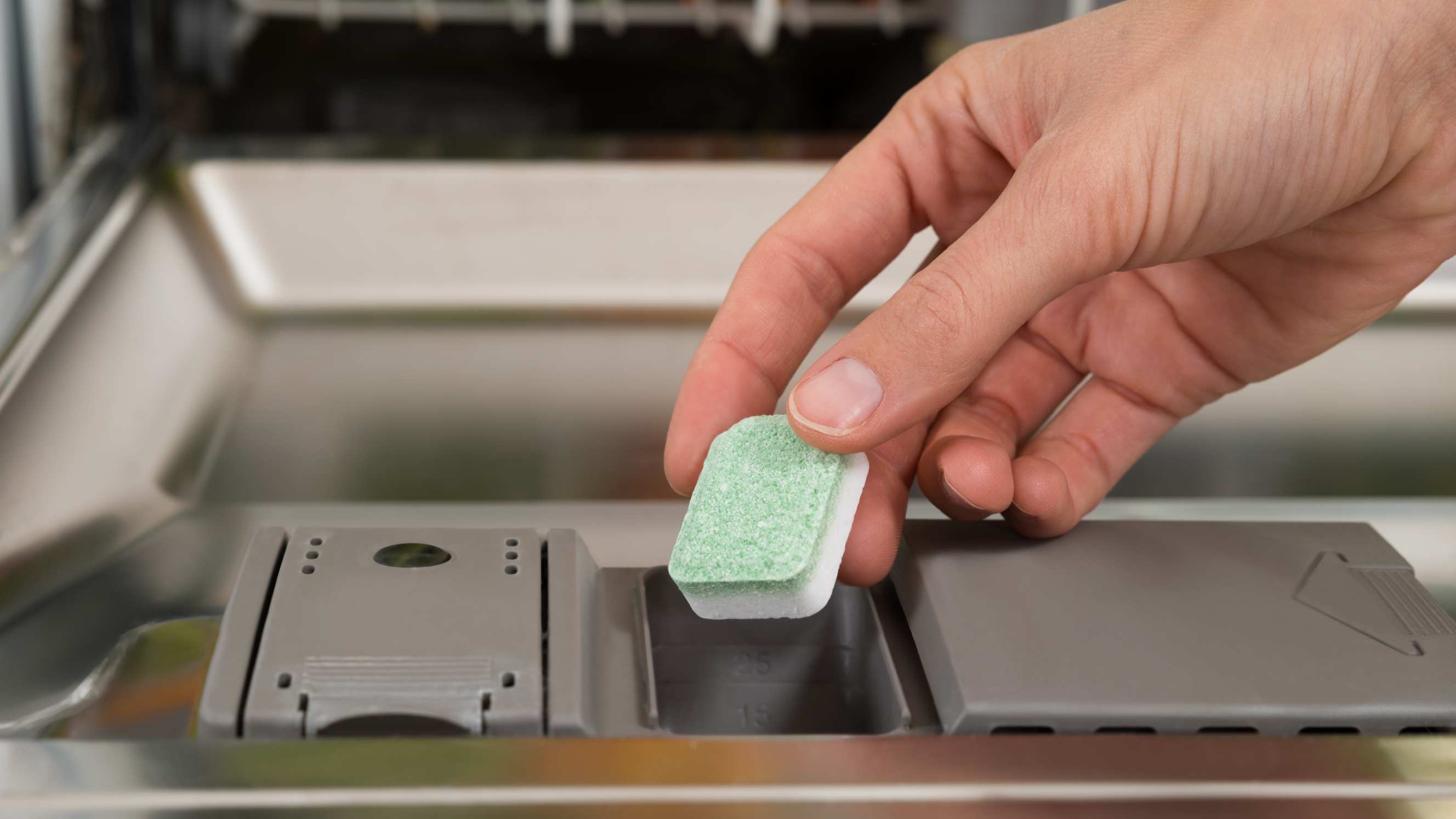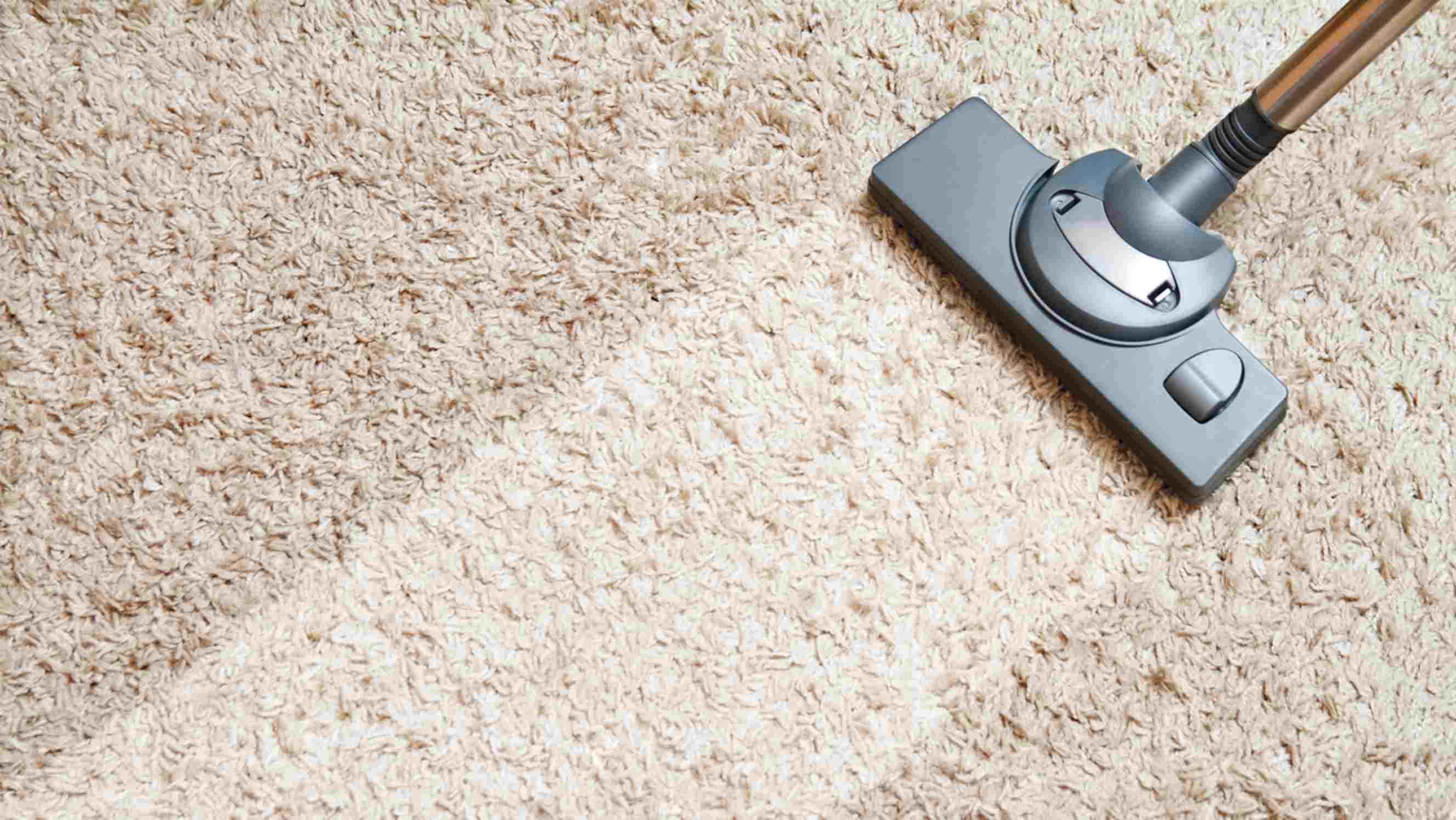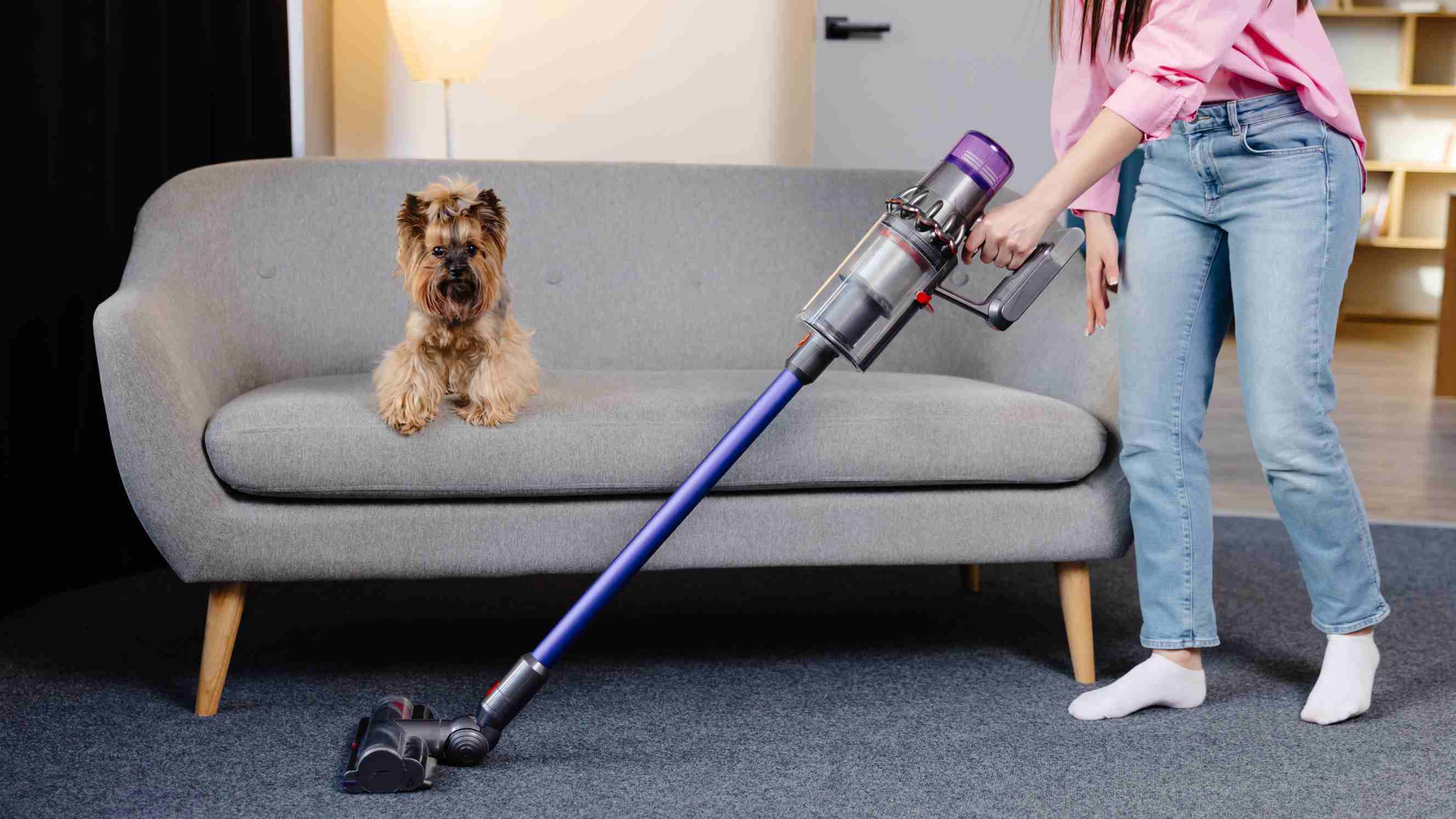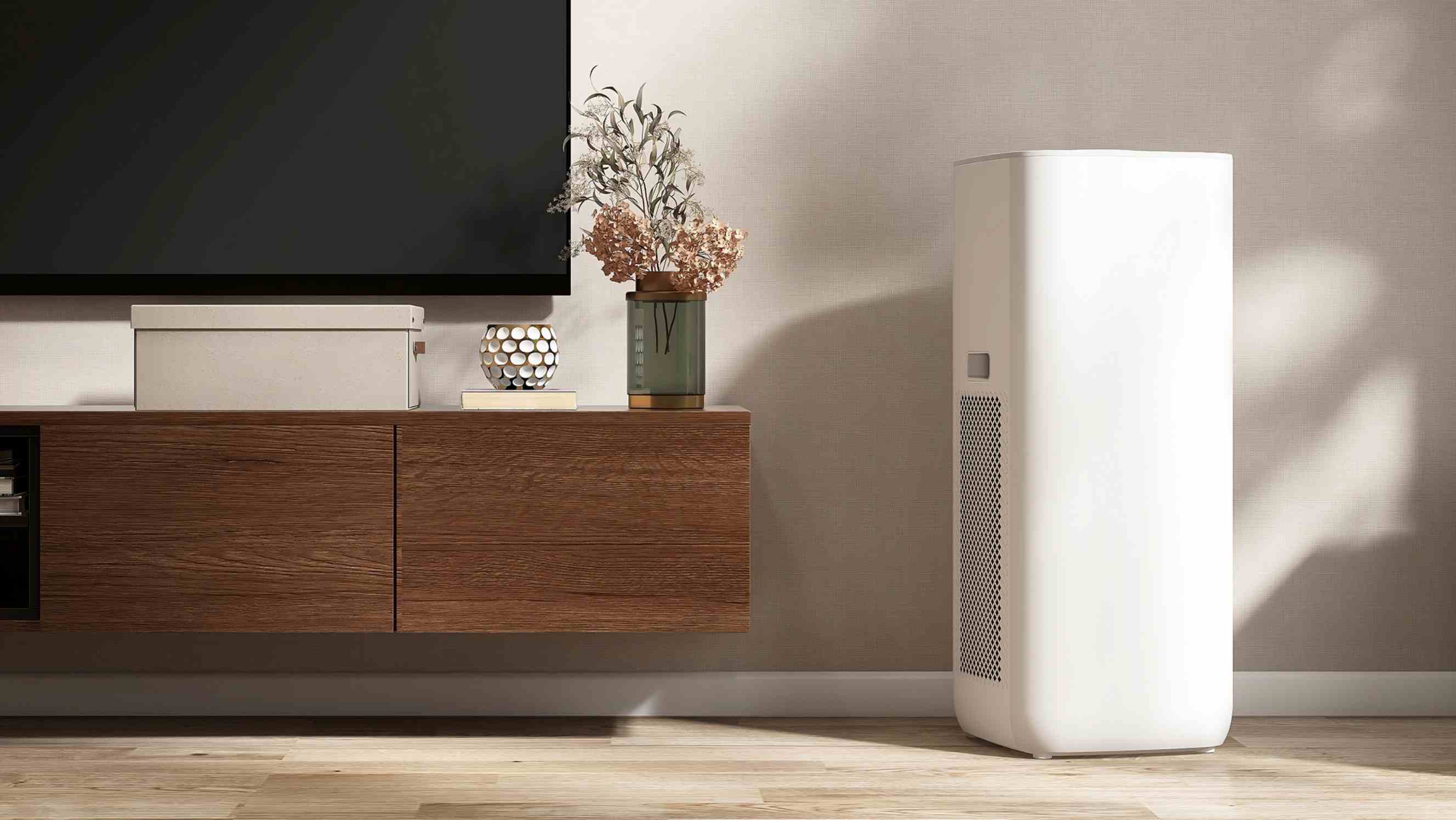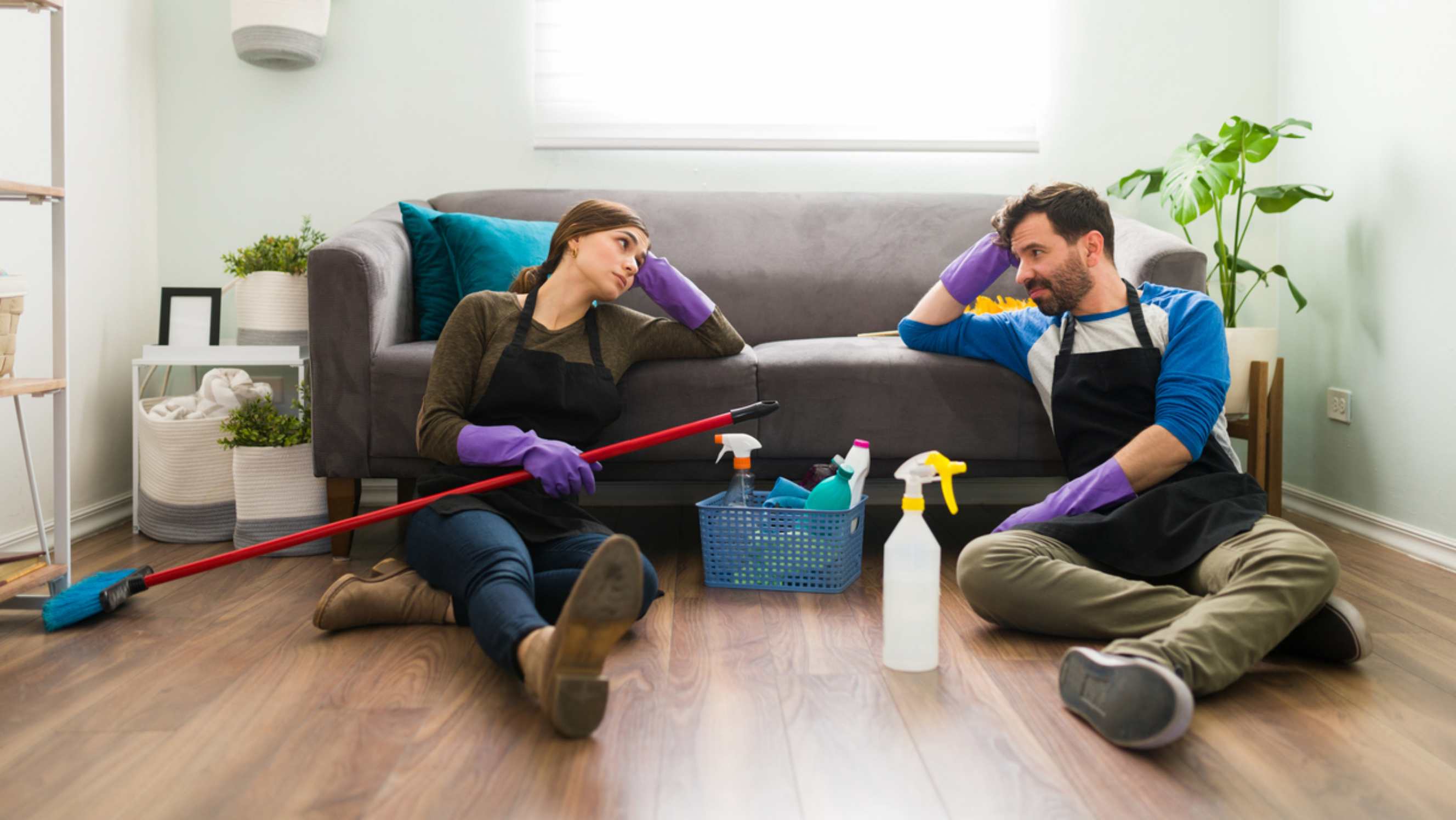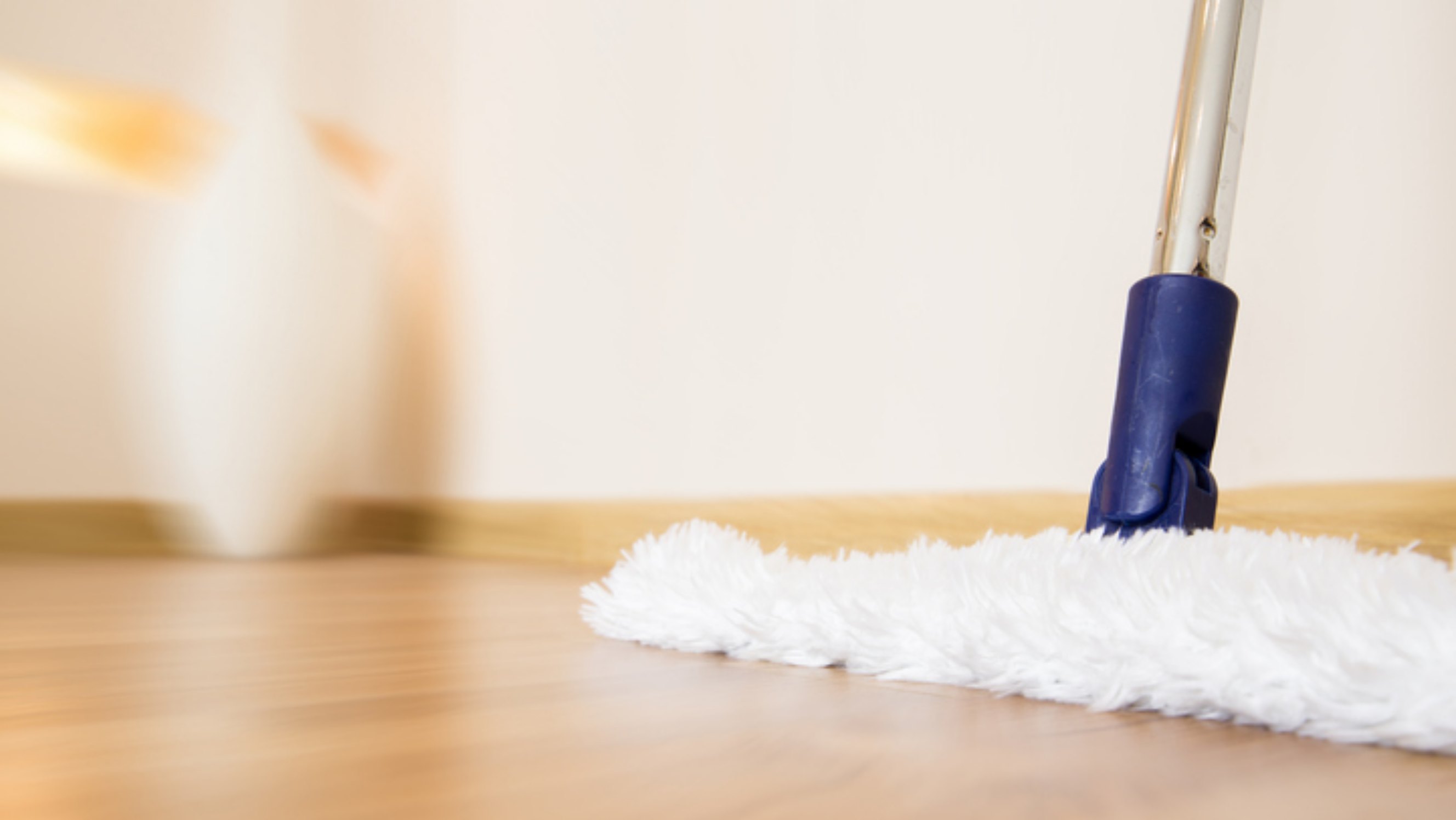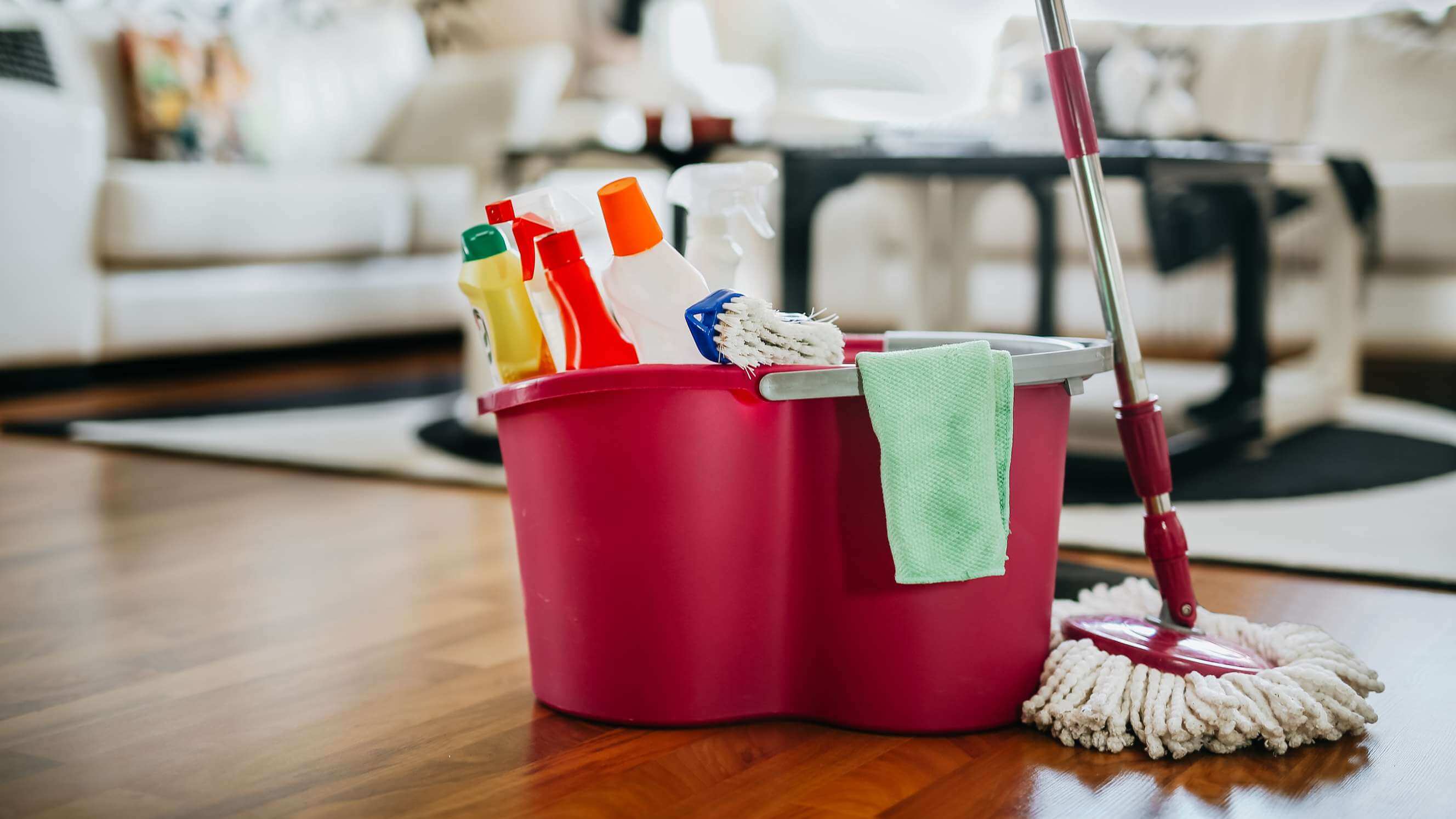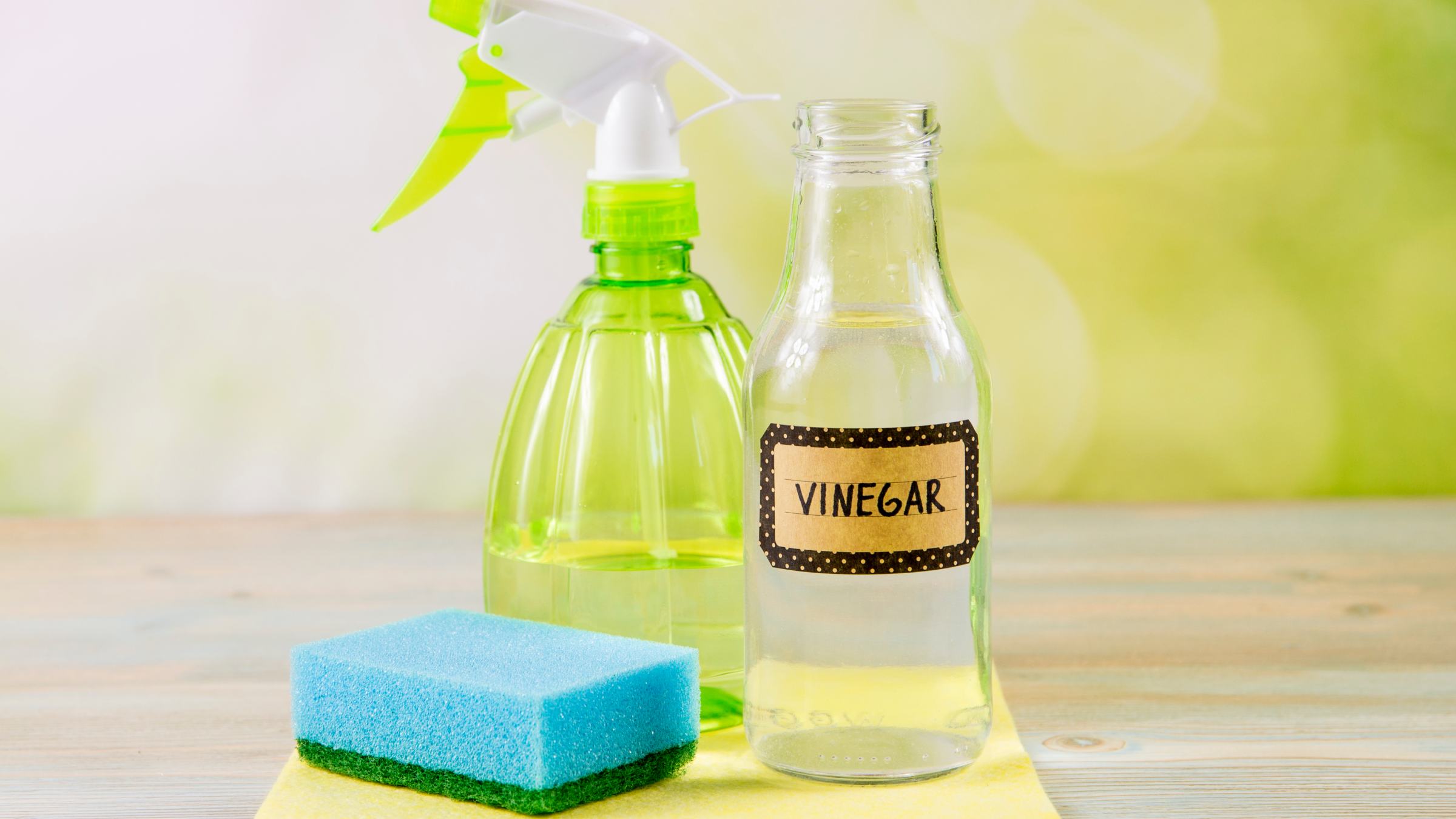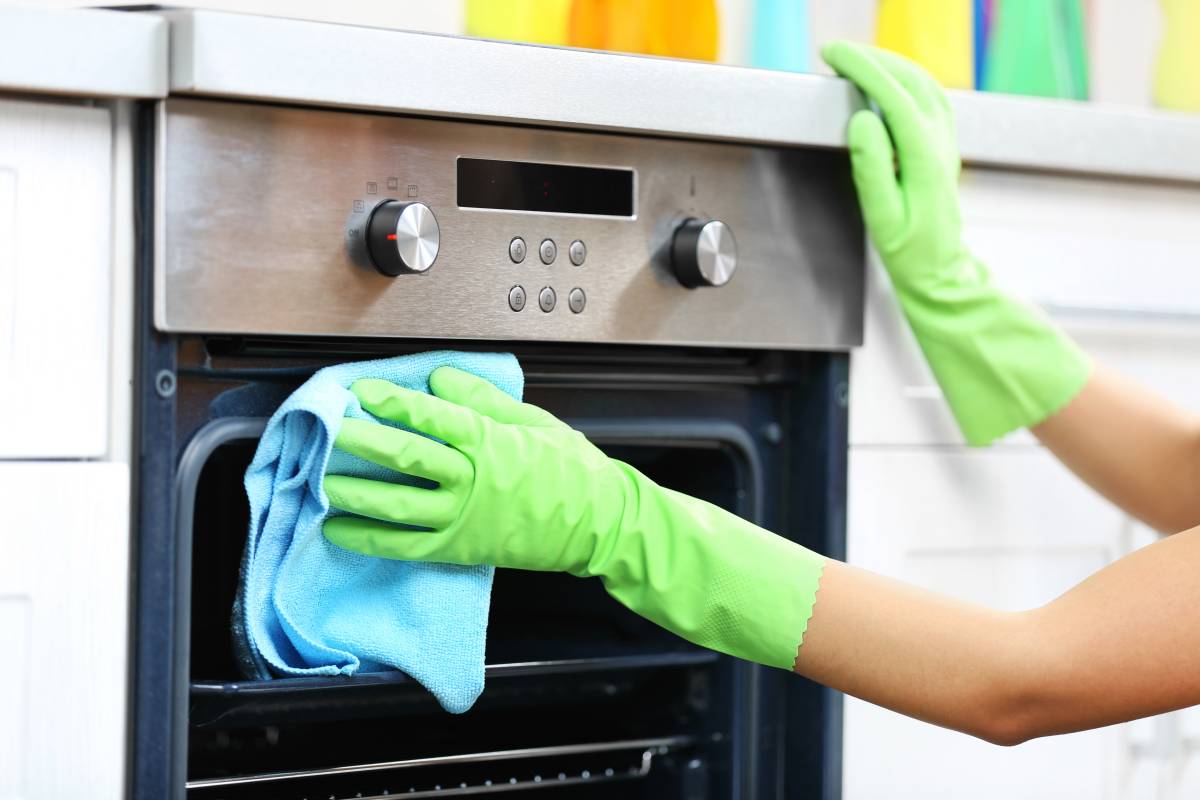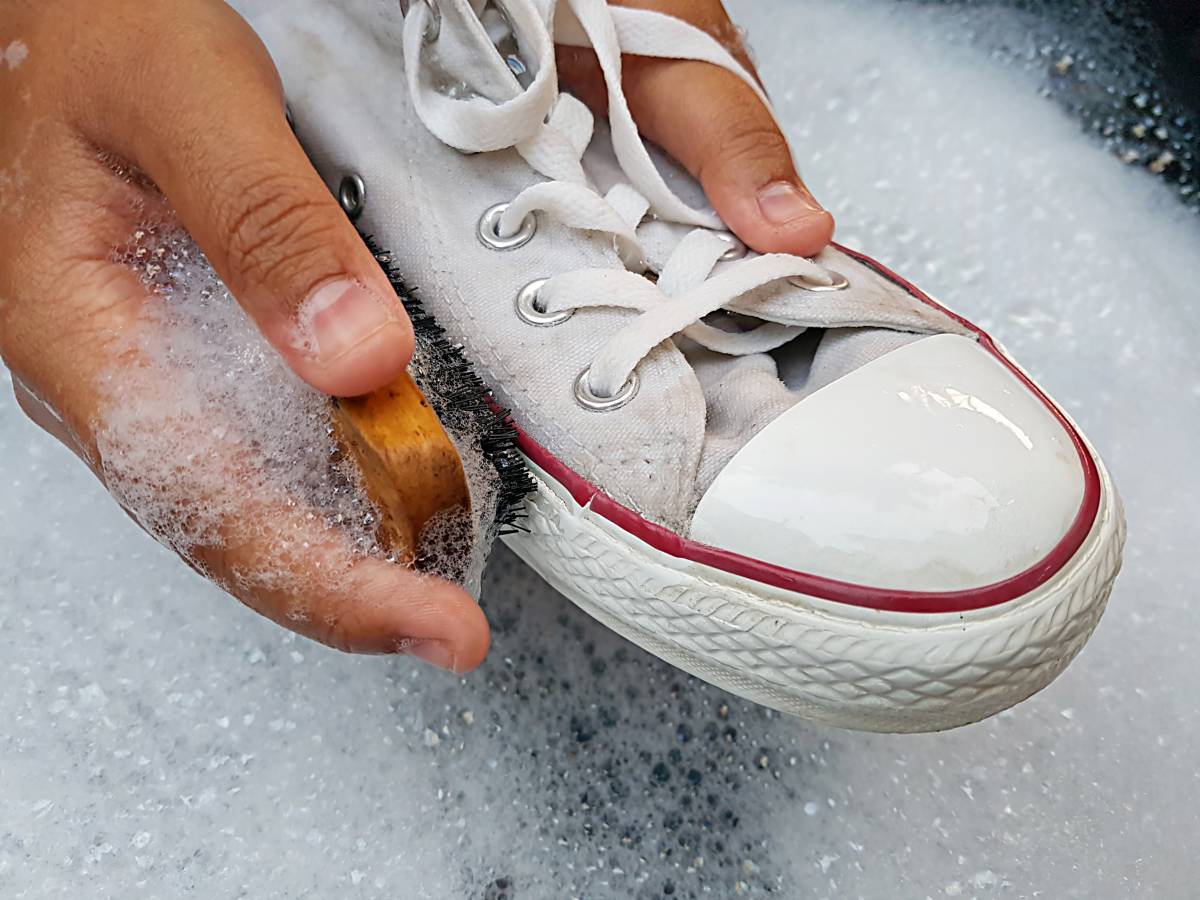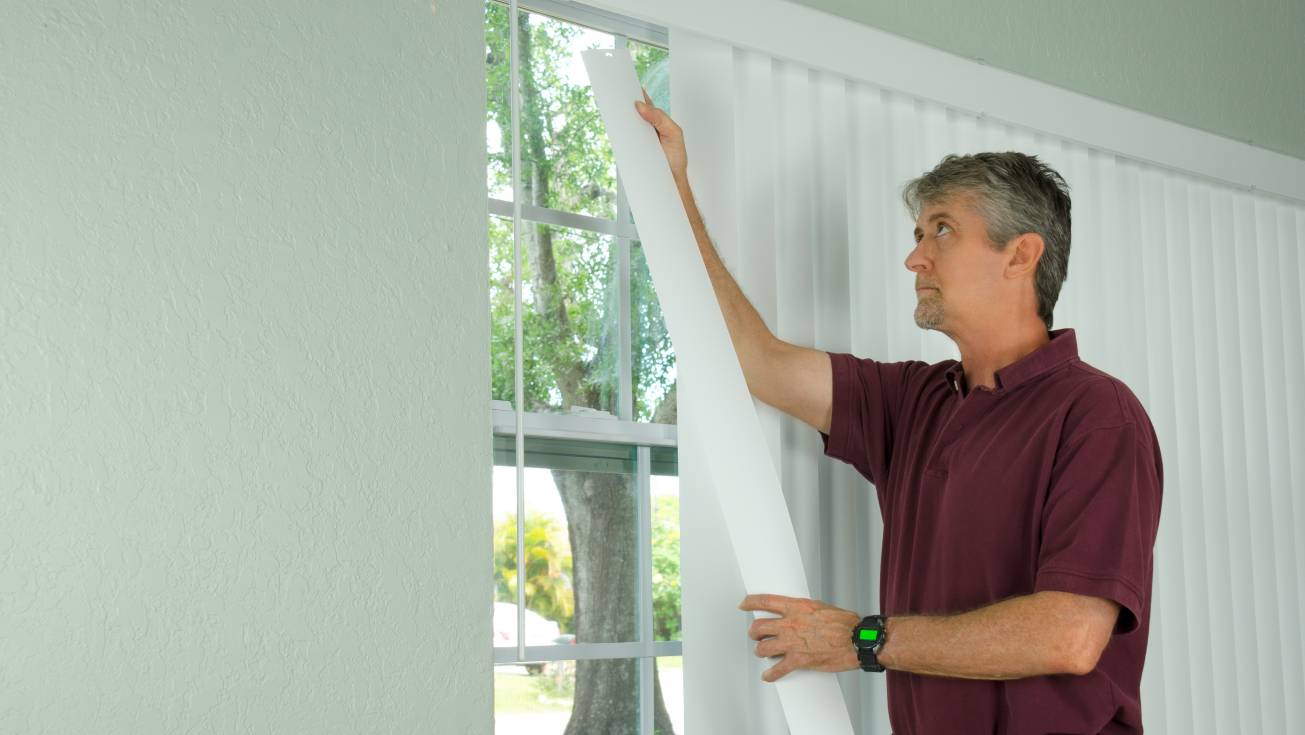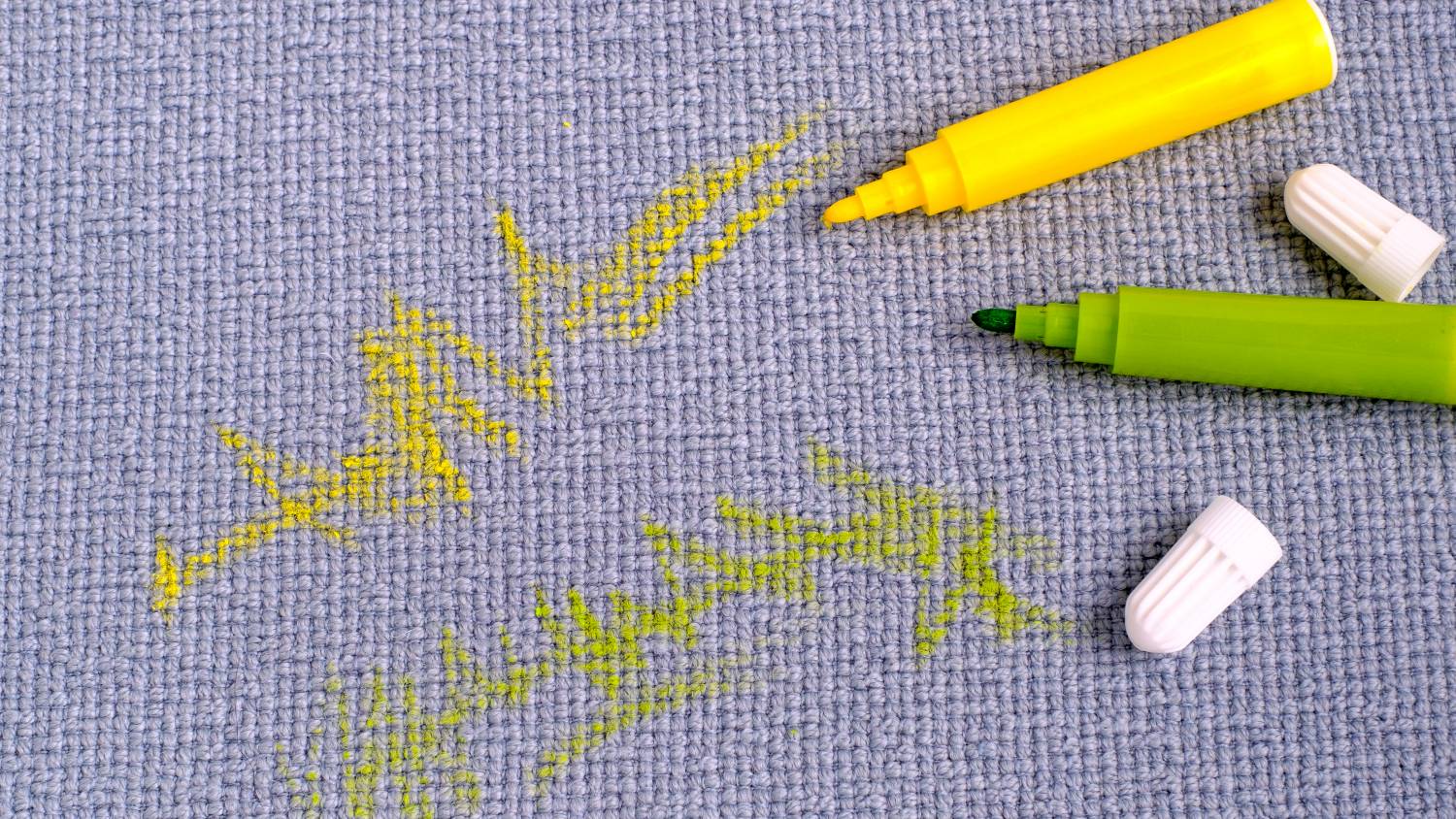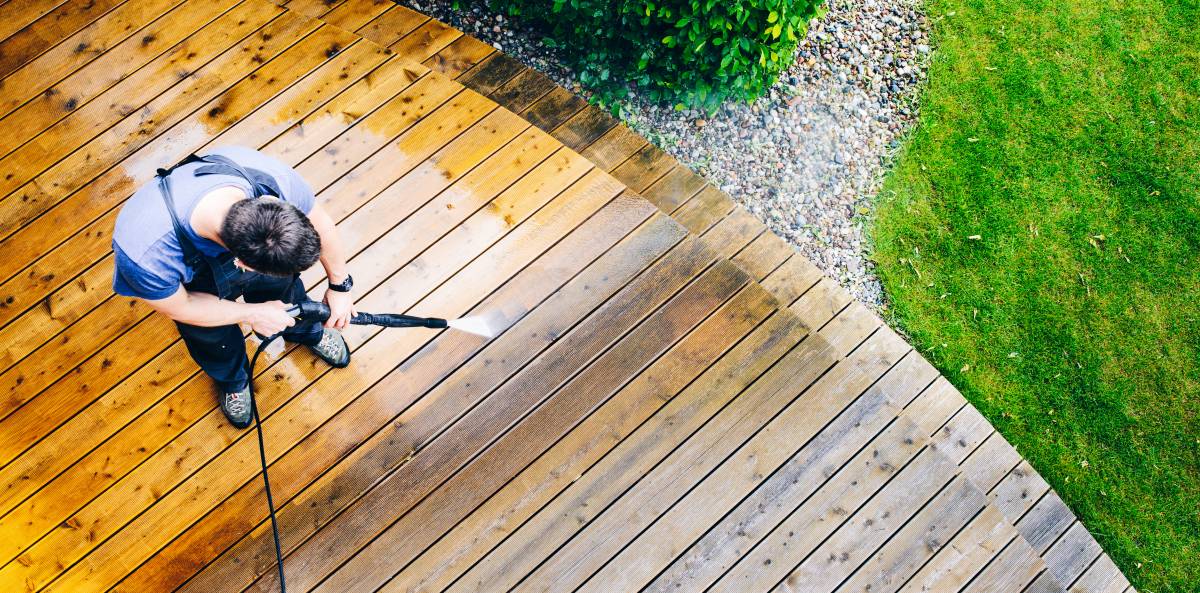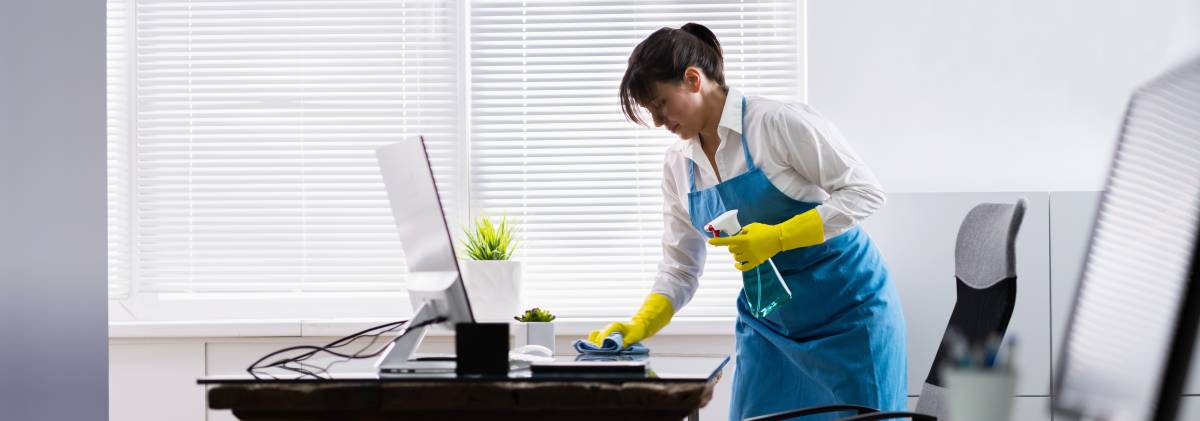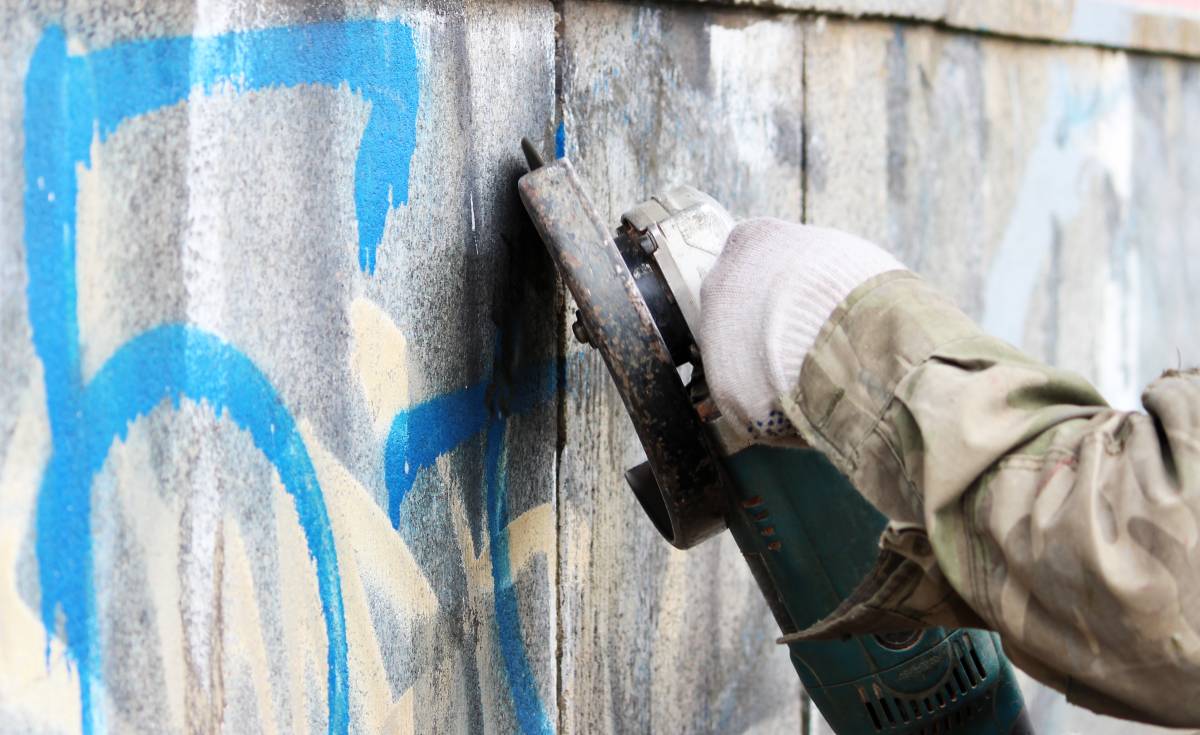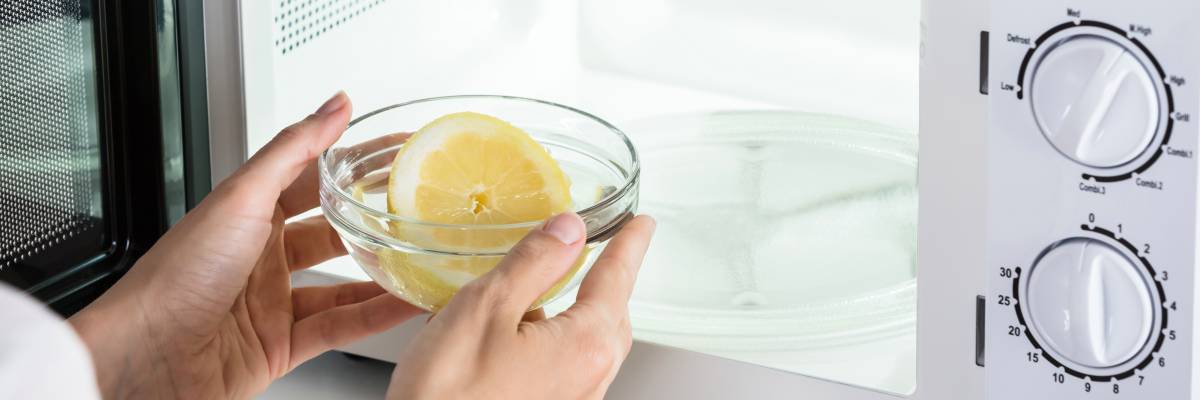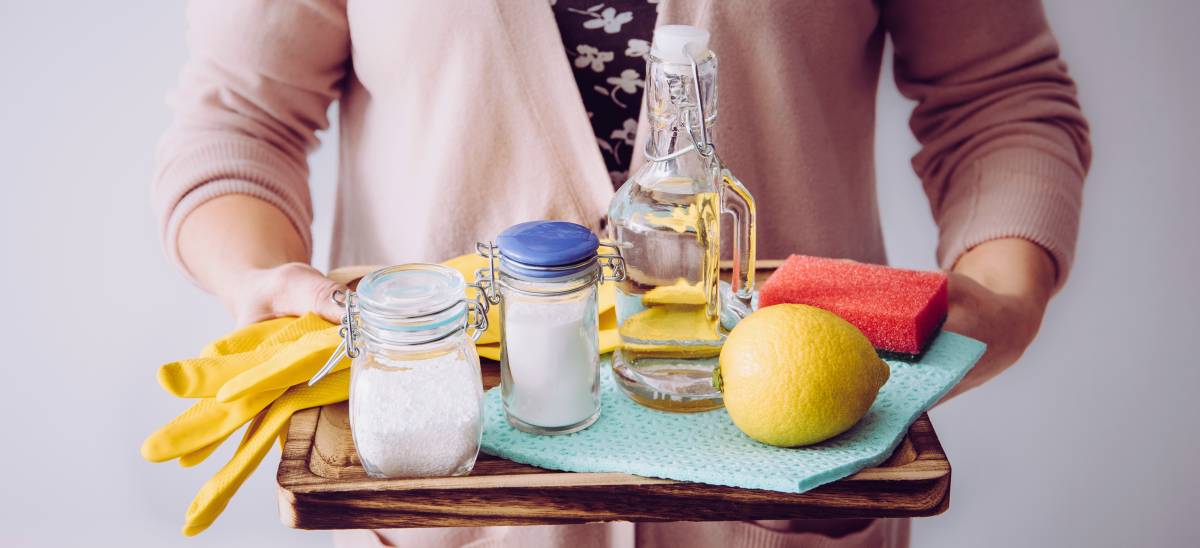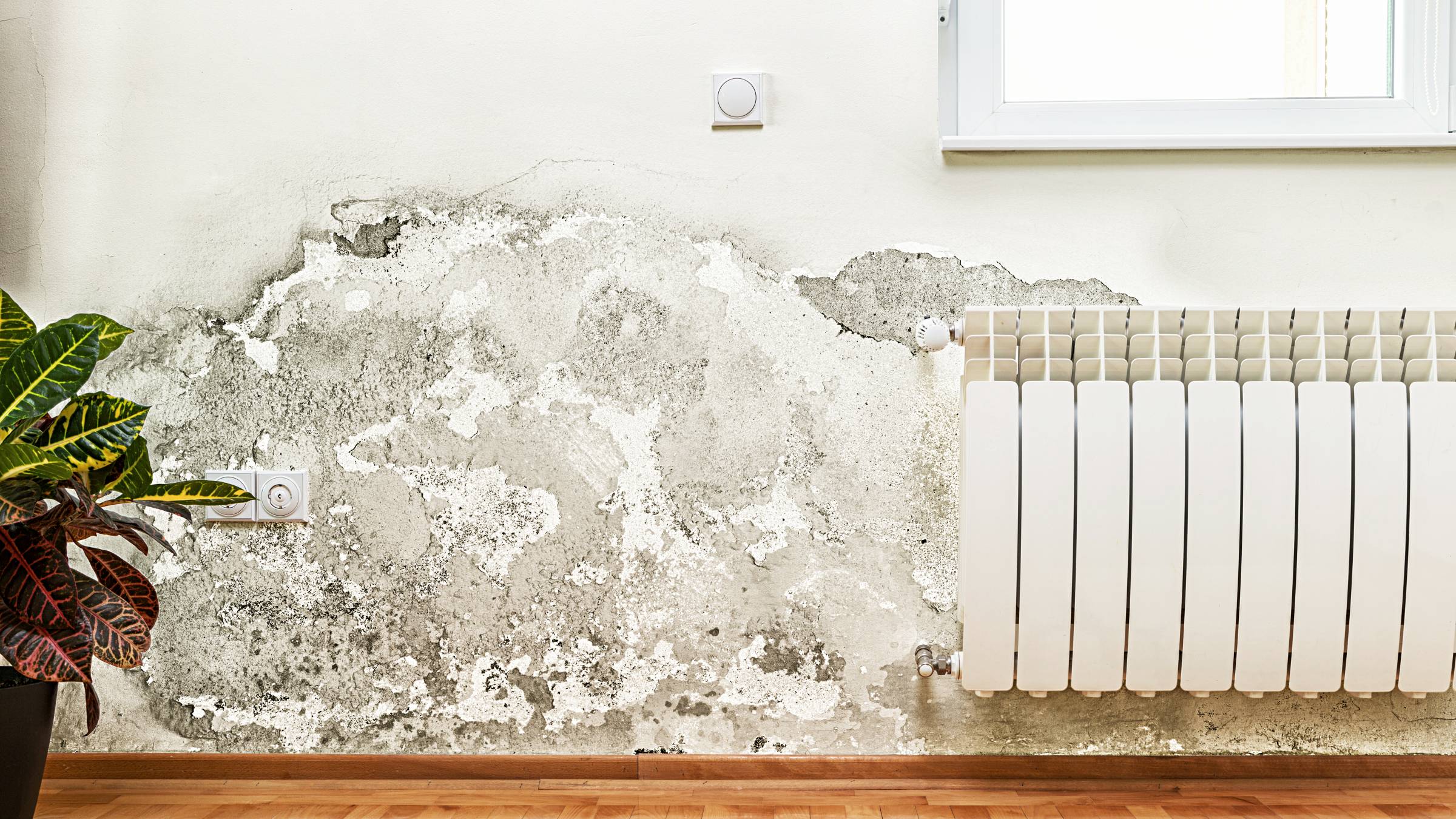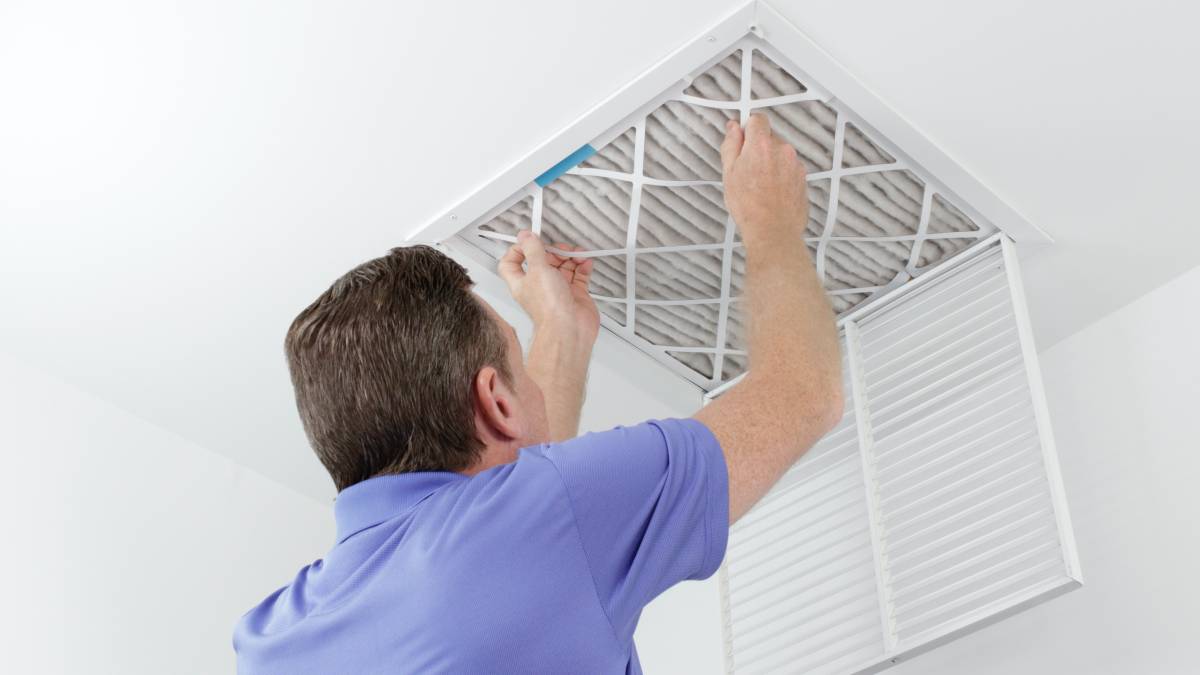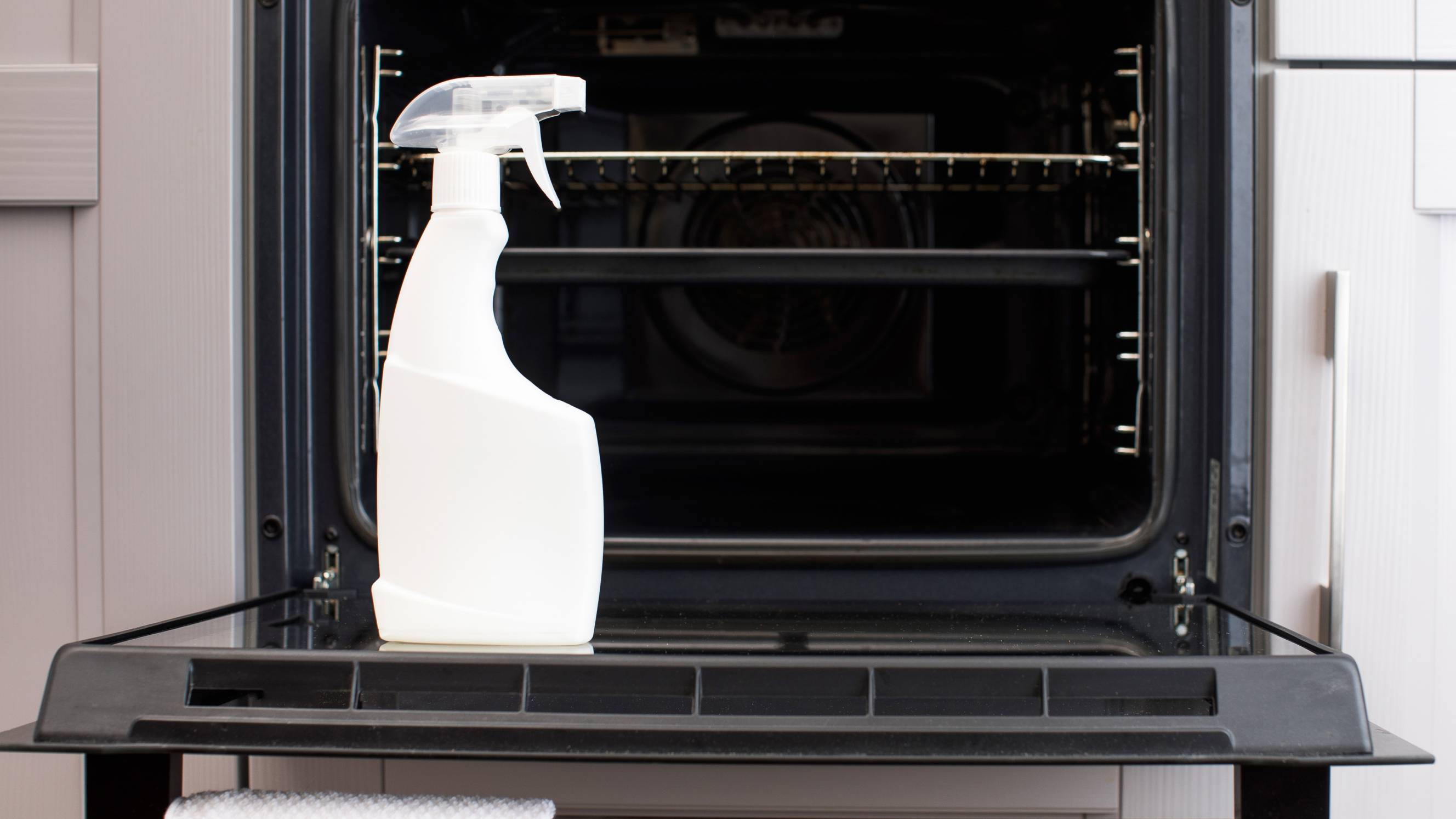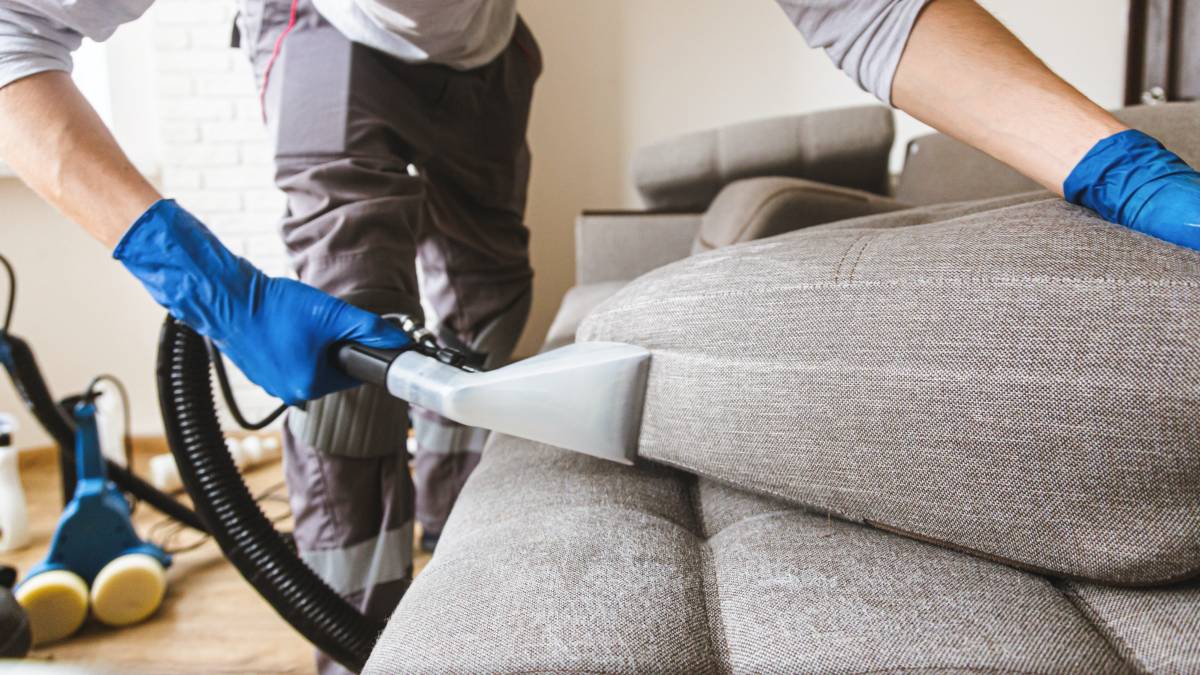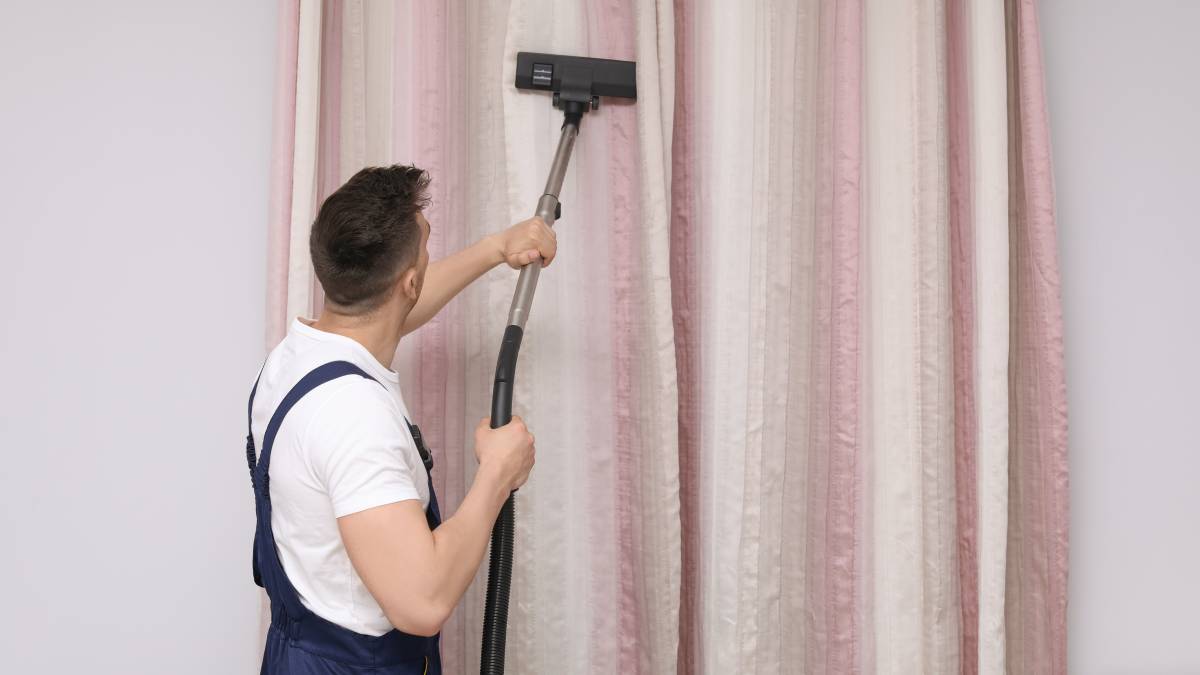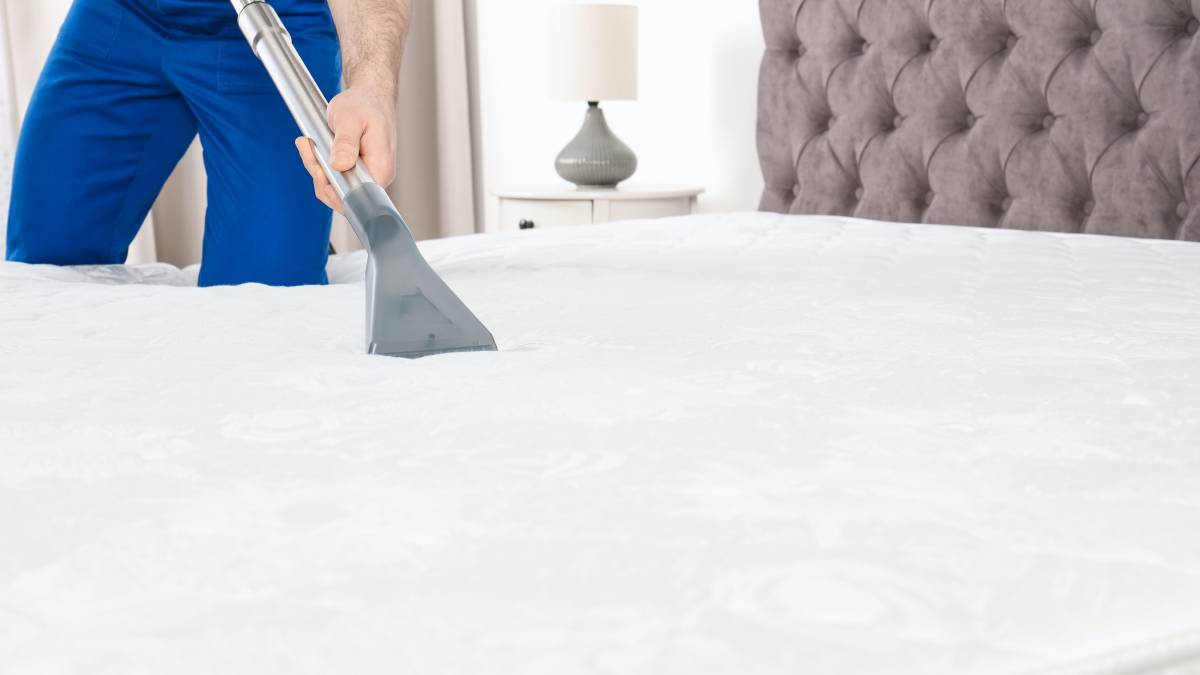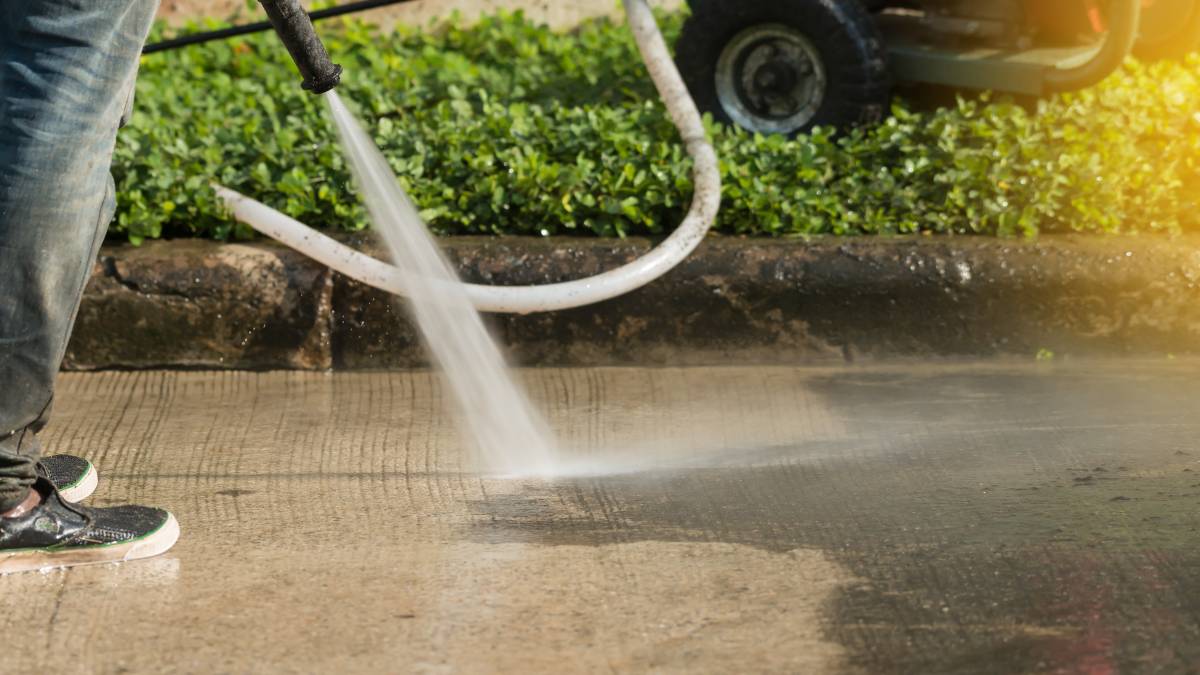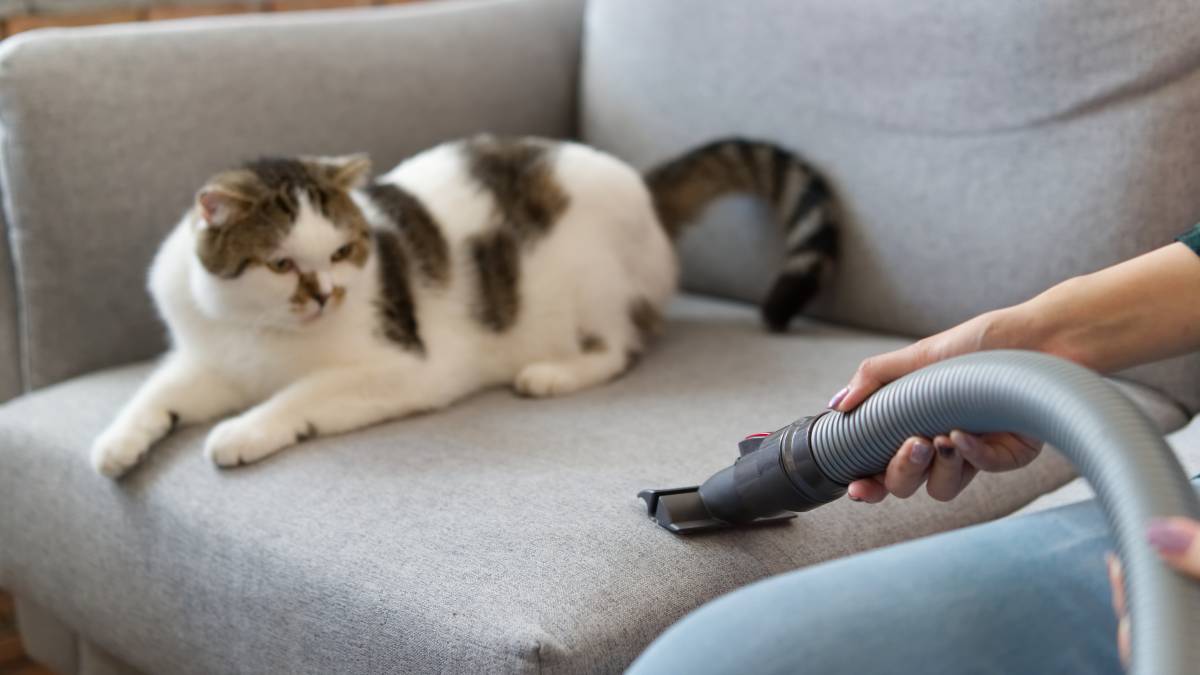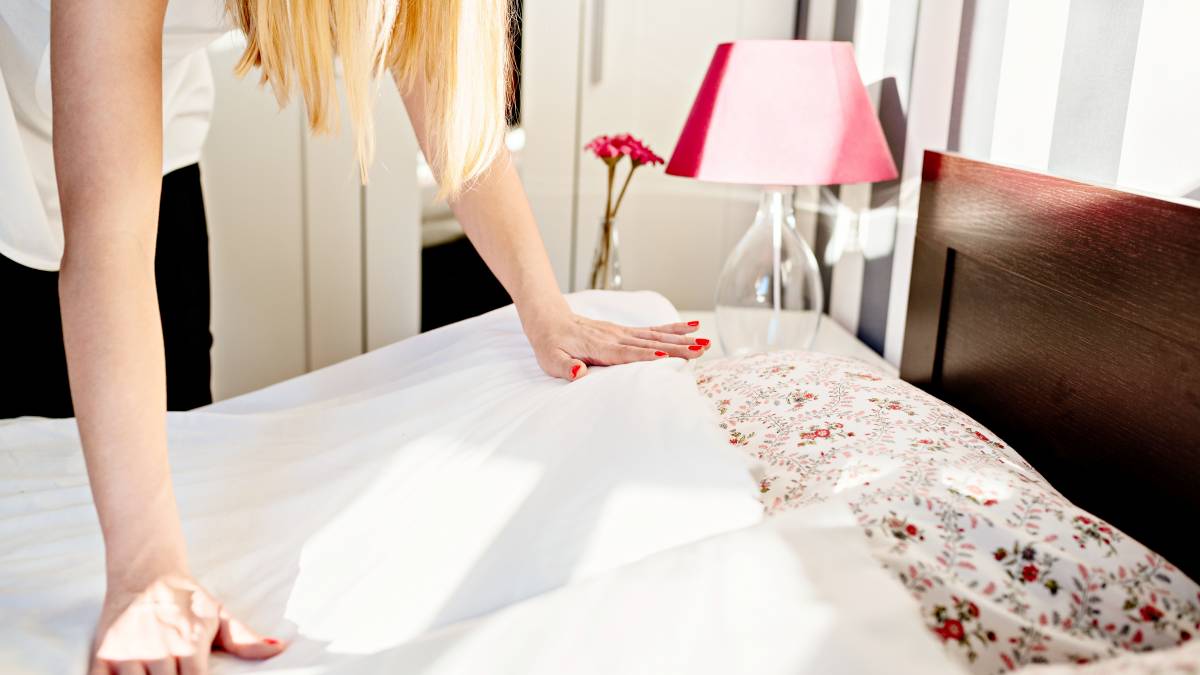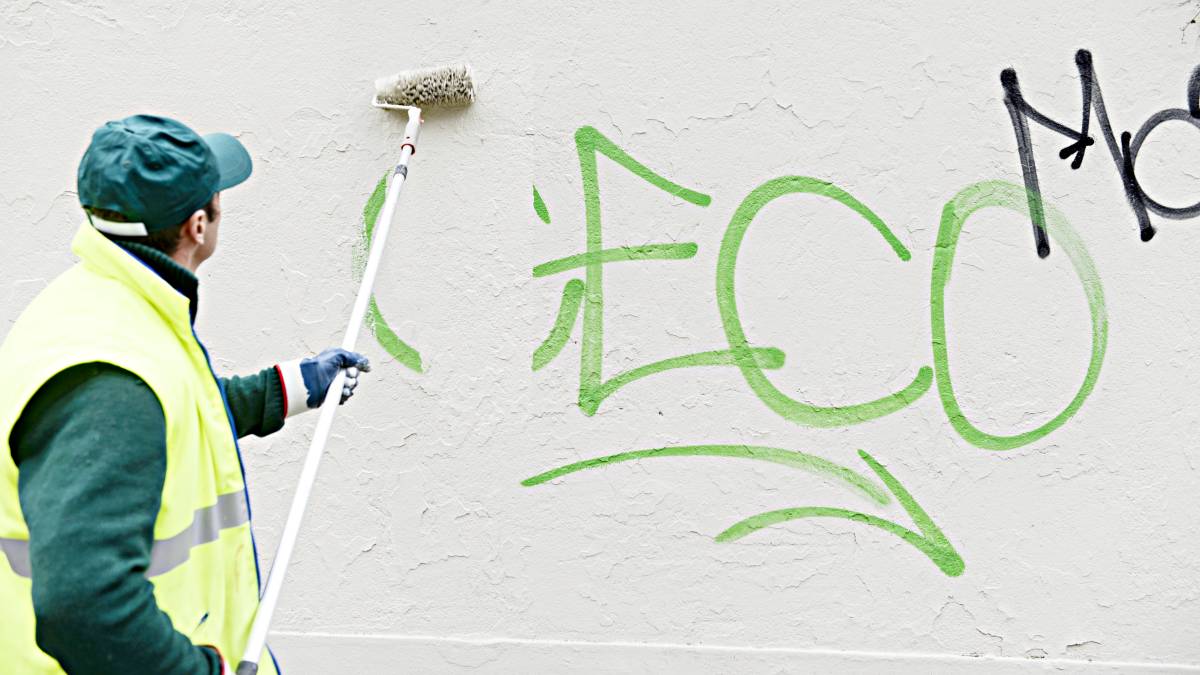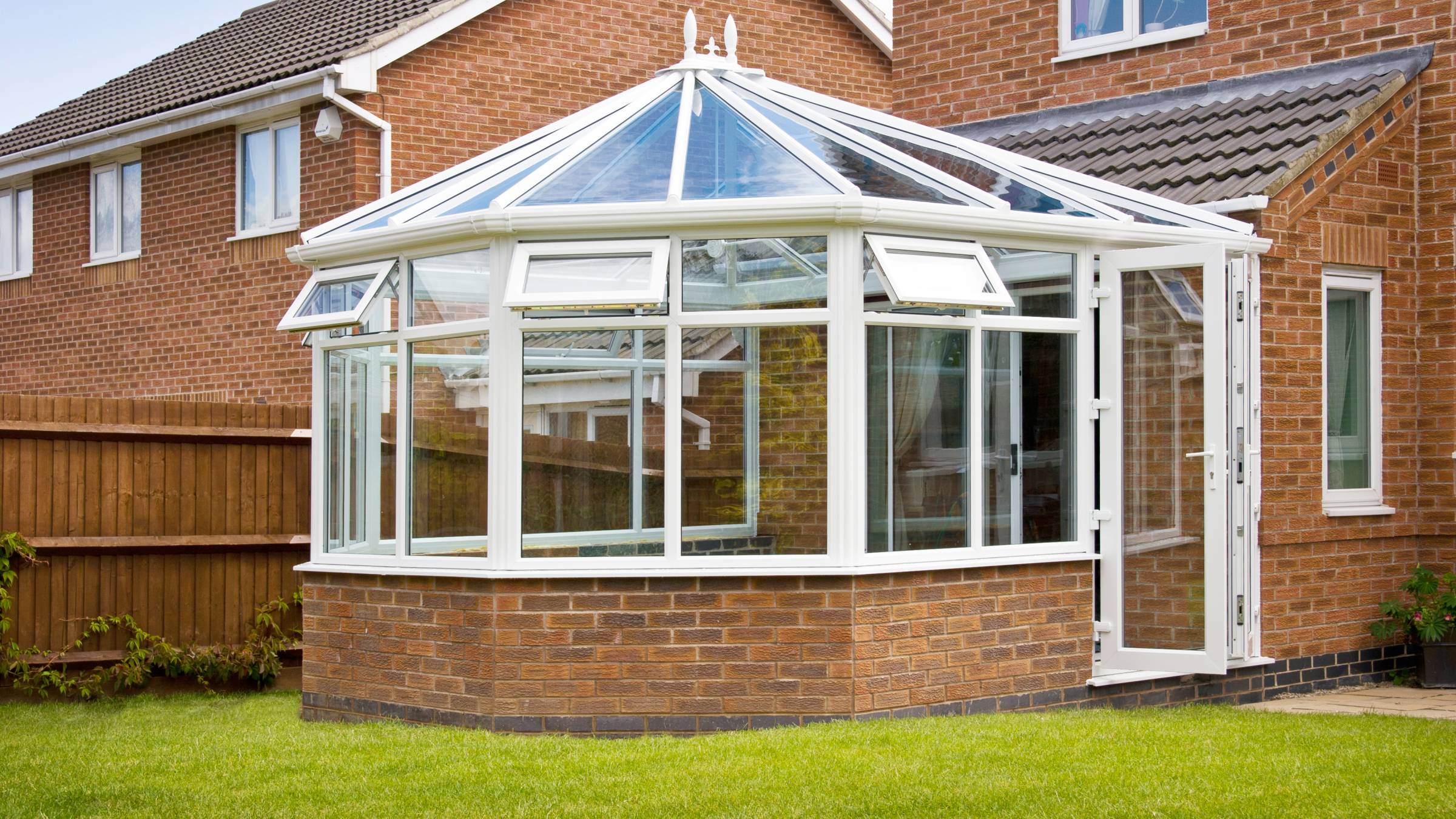- Home/
- Comparisons/
- Cleaning/
- Hydrogen Peroxide vs Bleach
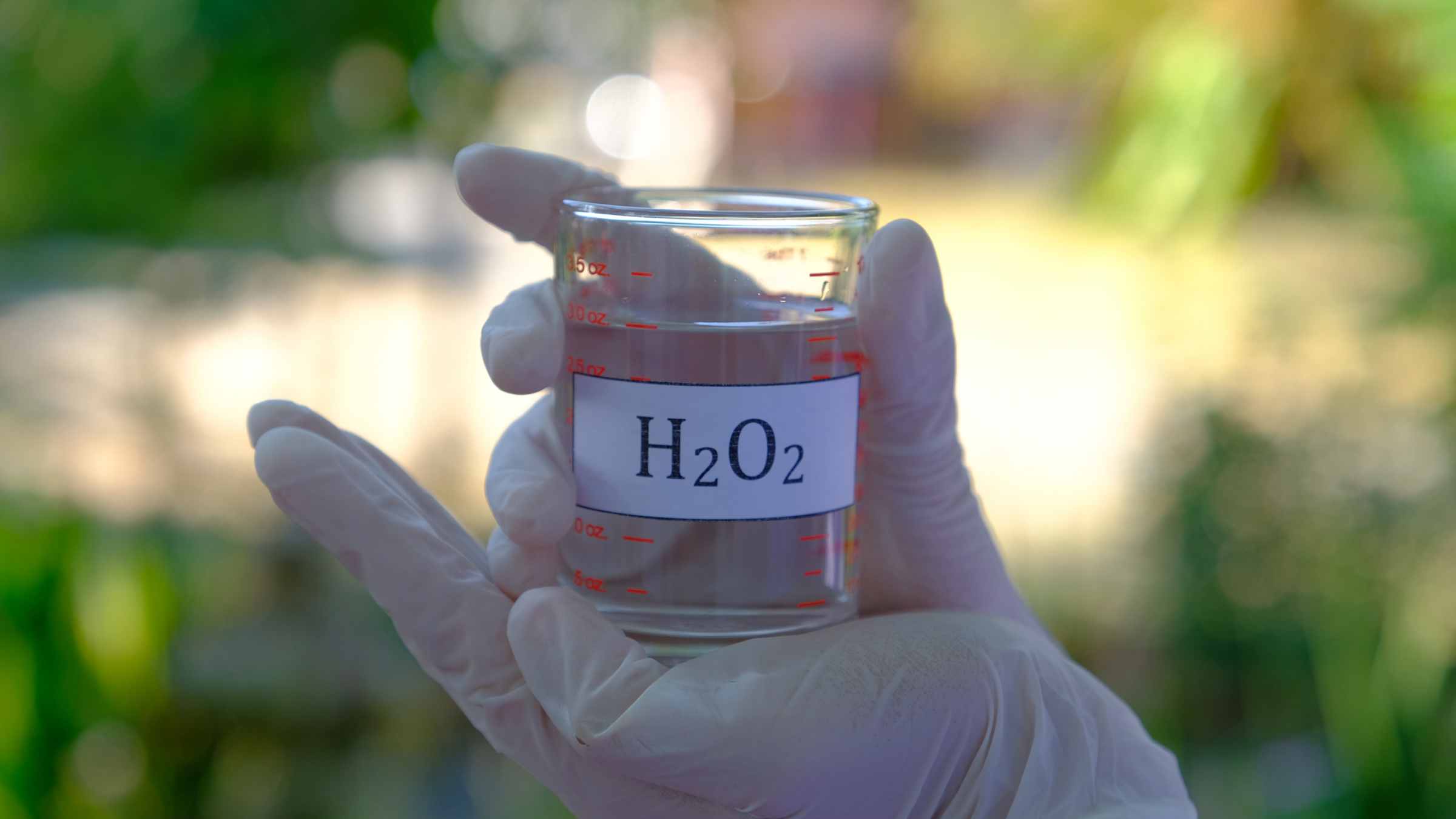
Hydrogen peroxide vs bleach: Which is better for cleaning?
Comparing hydrogen peroxide and bleach based on cleaning effectiveness, safety, shelf life, and more.
Hire a cleaning expertLast Updated on
Key Facts
- Hydrogen peroxide is a versatile, colourless liquid. It quickly neutralises bacteria and germs and bleaches surfaces without leaving toxic residue, making it a reliable cleaning agent.
- Bleach is a powerful disinfectant made primarily of sodium hypochlorite. It’s effective in killing pathogens and removing stains but can cause damage to fabrics.
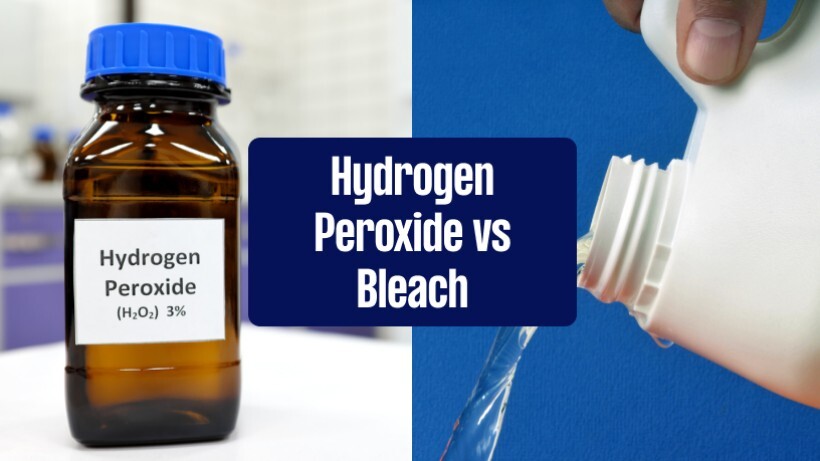
Sanitising your home with bleach and hydrogen peroxide can help protect your family from bacteria-causing diseases. Although both effectively kill germs and bacteria, remember that each has unique chemical compounds and safety considerations.
In this hydrogen peroxide vs bleach guide, we’ll elaborate on their differences to help you decide which disinfectant to use in your everyday cleaning and disinfection tasks.
What is hydrogen peroxide?
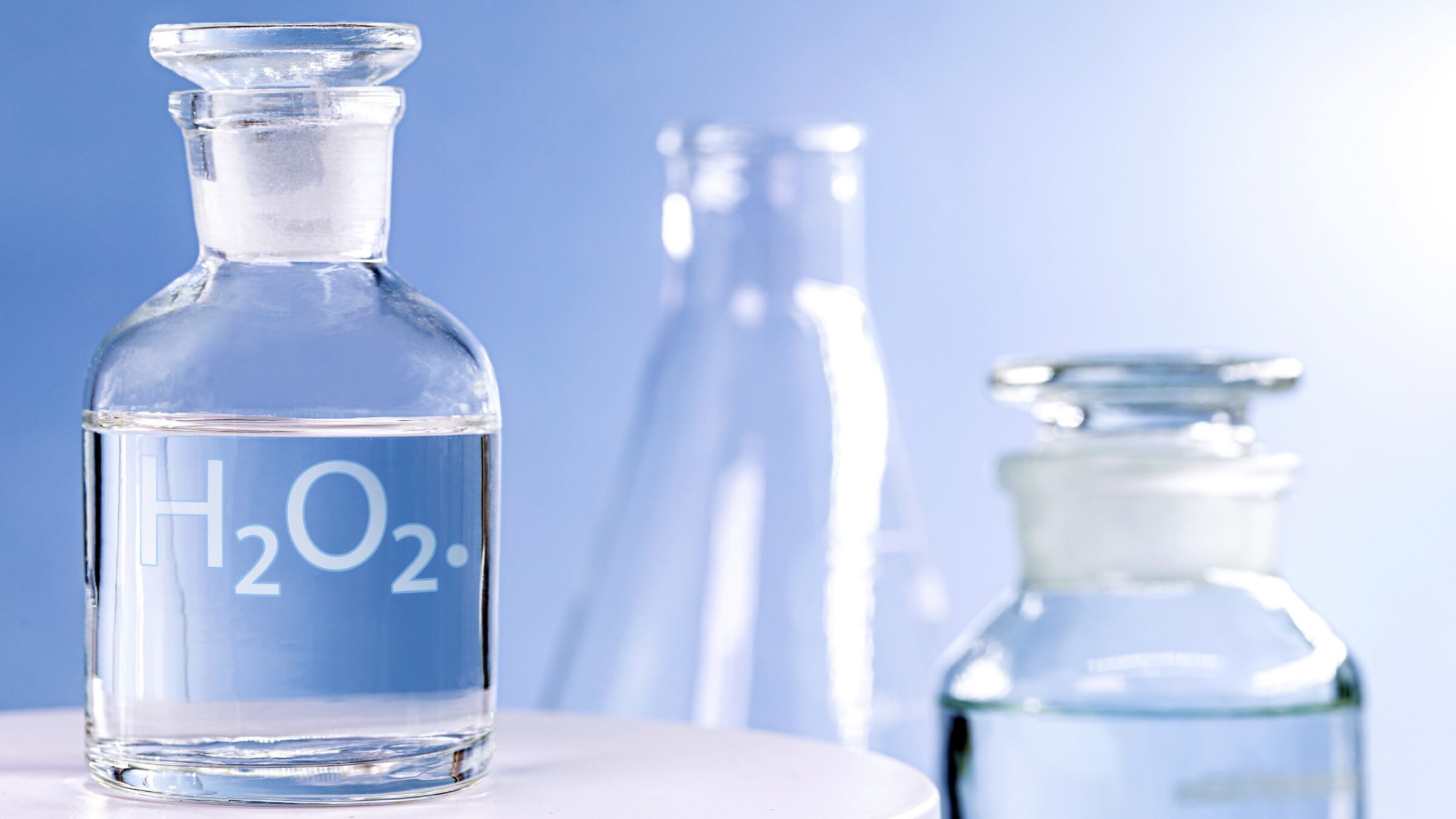
Hydrogen peroxide is a versatile, colourless liquid with a chemical formula of H2O2, meaning it comprises two hydrogen atoms and two oxygen atoms. Compared to water, it has a unique chemical structure due to having an extra oxygen atom. It reacts quickly with bacteria and germs, damaging their cells and making them harmless. This is why hydrogen peroxide is used in various industries, such as cleaning, healthcare, and wastewater treatment.
What is bleach?
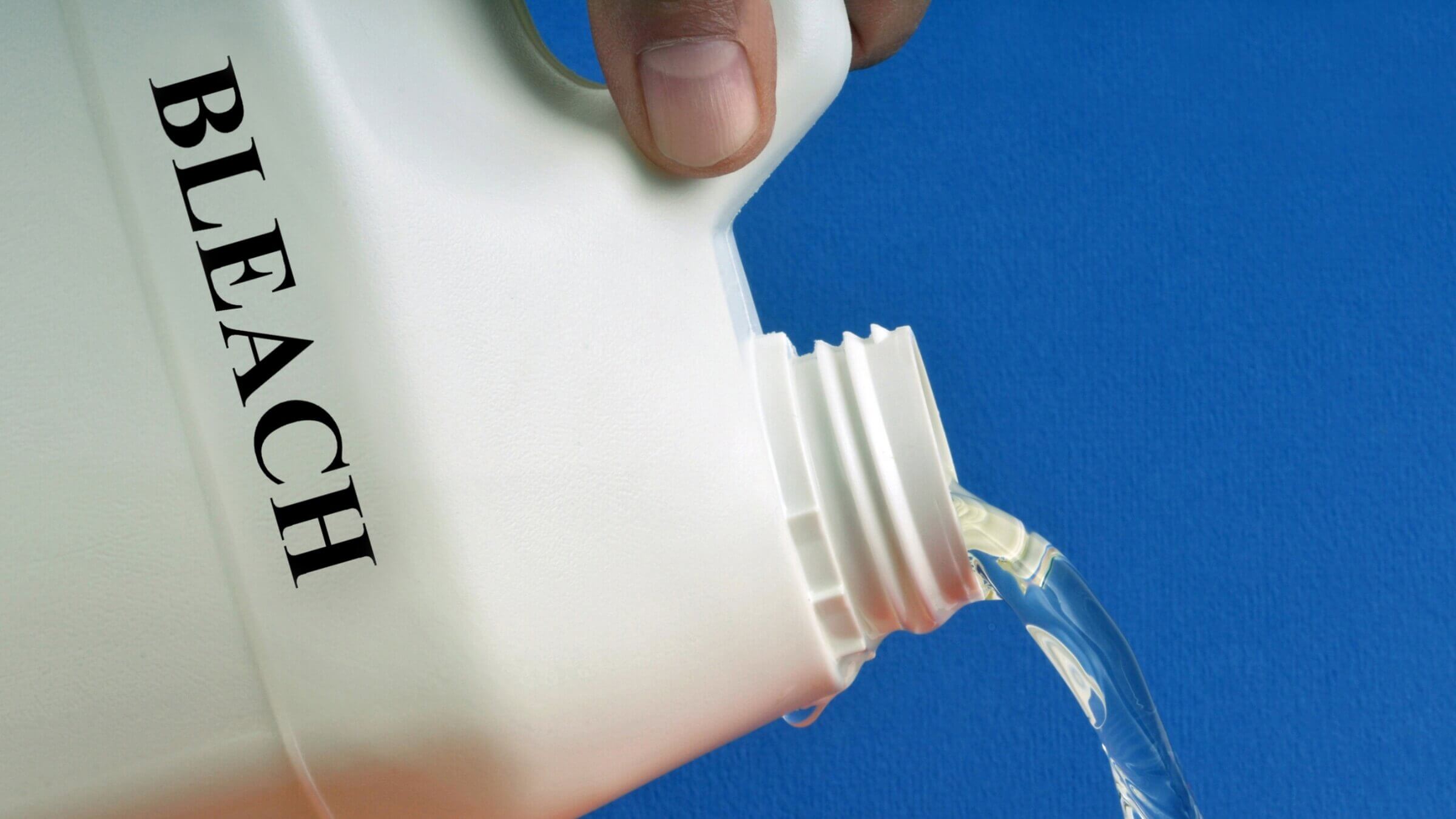
Bleach is a powerful chemical that whitens, disinfects, and colours surfaces. It contains antimicrobial properties, helping kill pathogens like bacteria, fungi, and viruses. However, bleach is also a potent oxidising agent, causing colour fading and unsightly yellow stains on clothes.
What is bleach made of? Most household chlorine-based bleach is made of sodium hypochlorite. It produces hypochlorous acid and ions when diluted in water, which is responsible for killing germs and breaking down stains.
You can also find additional ingredients in chlorine bleach, such as:
- Sodium chloride (for increasing the viscosity and consistency of the mixture)
- Sodium carbonate (for improving the efficacy in removing greasy stains)
- Polyacrylic acid (for stopping dirt from sticking back onto clothes when washing them)
Bleach vs hydrogen peroxide: Which is more suitable for your cleaning needs?
Keep reading to discover how hydrogen and bleach work differently as we break down their unique characteristics.
In terms of cleaning effectiveness
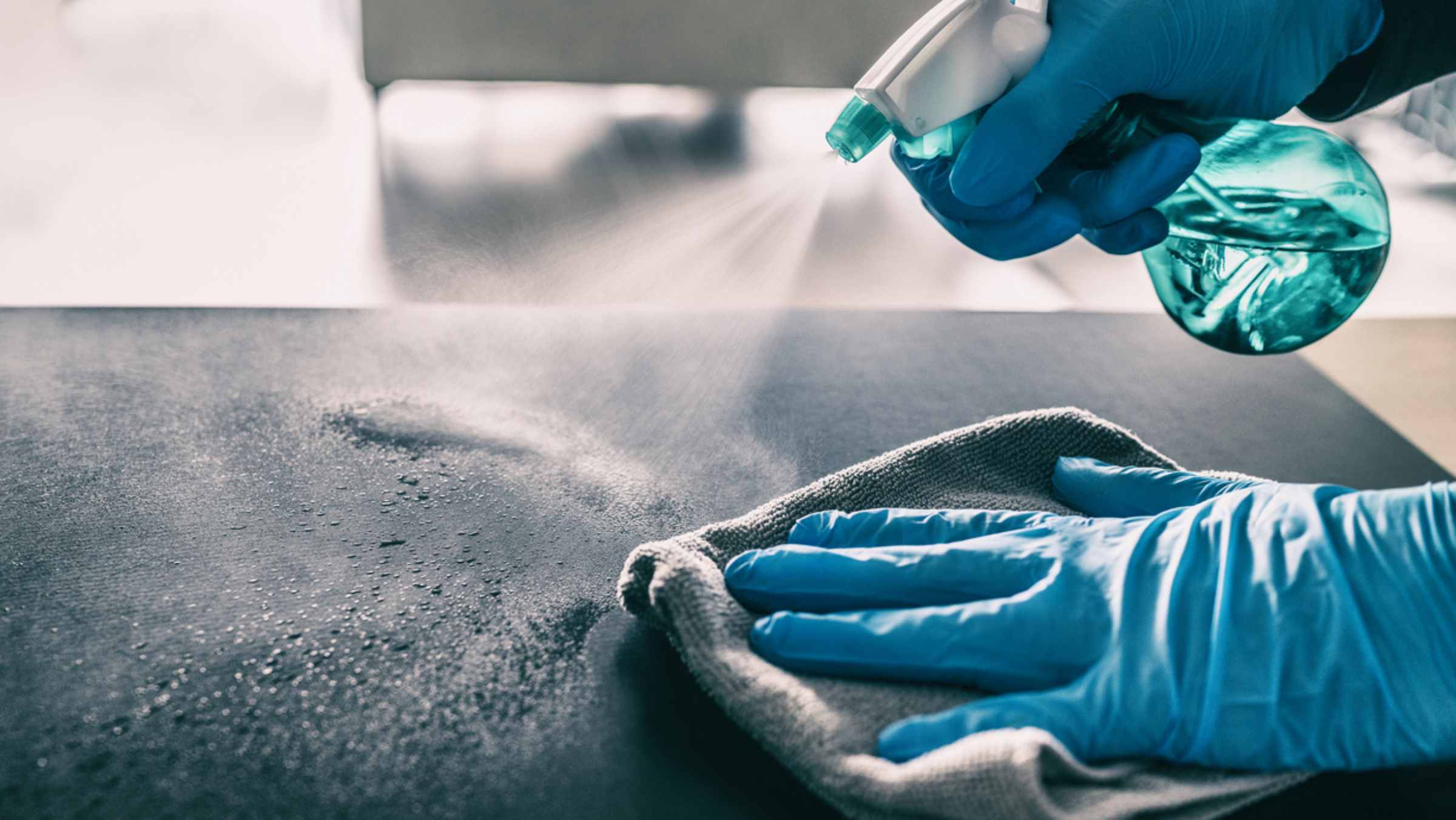
Chlorine bleach is a more effective cleaner and disinfectant due to its strong oxidising power. When you apply bleach on surfaces, the acid disrupts the molecular structure of cellular organisms and pigments. This is how bleach kills germs and removes permanent stains.
Moreover, bleach leaves residual chlorine on surfaces, prolonging its disinfecting effects.
Although a powerful disinfectant, hydrogen peroxide quickly loses effectiveness when exposed to light and high temperatures. So, avoid direct sunlight exposure when applying hydrogen peroxide on clothes and surfaces.
In terms of safety
Cleaning with hydrogen peroxide is safer than bleach because it breaks into oxygen atoms and water, which are natural substances, after use. However, they may cause skin irritation when used at higher concentrations, so practice caution when handling these cleaners.
Meanwhile, chlorine bleach can be harsh and corrosive because it contains potent oxidising agents. It also releases toxic fumes that can irritate your eyes, skin, and lungs when mixed with other chemicals, such as ammonia. So, when using chlorine bleach, professional domestic cleaners and homeowners wear gloves and a mask to avoid health hazards.
In terms of material compatibility
Generally, hydrogen peroxide is more compatible than bleach for washing certain clothes. Unlike chlorine-based bleach, it’s less damaging to textiles and fibres and does not cause colour fading and bleeding.
Although chlorine bleach is effective in removing stains and whitening fabrics, it can be harsh on other fabric materials like spandex, wool, silk, leather, and rubber.
As for cleaning hard surfaces, such as floors, walls, mirrors, bathroom fixtures, and other household surfaces, chlorine bleach and hydrogen peroxide are generally safe to use.
For a more powerful cleaning effect, you can mix one part hydrogen peroxide with baking soda in a spray bottle. This mixture works effectively to remove baked-on grime and food stains from various surfaces.
However, keep in mind that these disinfectants are incompatible with some metals. Hydrogen peroxide cleaners don’t work effectively on surfaces made of zinc, brass, copper, or silver, while chlorine bleach isn’t compatible with stainless steel and aluminium.
In terms of environmental impact

If you want to help reduce environmental pollution, use hydrogen peroxide bleach for cleaning. It’s more eco-friendly because it’s a biodegradable disinfectant that decomposes into water and oxygen atoms.
Meanwhile, chlorine-based bleach releases pollutants such as dioxins and forms organochlorine compounds that can harm the environment. If chlorine bleach reaches water systems, it can react with the organic compounds found in soil and water, producing toxic disinfection by-products (DBPs).
In terms of cost
Both household cleaning products are affordable, but their cost may vary based on concentration and brand. A standard 500 ml bottle of 3% hydrogen peroxide can be as low as £5, while the same volume of household bleach can be as low as £3.
Chlorine bleach is slightly cheaper than hydrogen peroxide because of its widespread use in household and industrial settings. Note that hydrogen peroxide is often sold in smaller quantities than bleach, which might affect the overall cost per use.
In terms of cleaning application
Chlorine bleach is more difficult to apply because standard chlorine-based cleaners have a 5% to 9% concentration level. This is higher than a hydrogen peroxide solution’s standard 3% concentration level. You must adequately dilute chlorine bleach with water before using it for house cleaning and sanitation.
As mentioned, hydrogen peroxide usually doesn’t leave toxic residue. This eliminates the need to rinse surfaces right after using them for cleaning and sanitising.
In terms of shelf life
Bleach and hydrogen peroxide lose their potency and effectiveness within six months to a year after opening them.
However, hydrogen peroxide has a generally shorter shelf life than chlorine bleach because the decomposition process is accelerated by exposure to light and heat. As such, hydrogen peroxide is sold in opaque spray bottles to protect the mixture inside.
As for chemical bleach, you only have to ensure it’s properly sealed and stored in a cool, dark place to prolong its shelf life.
Achieve a thoroughly clean and sanitised home with Airtasker
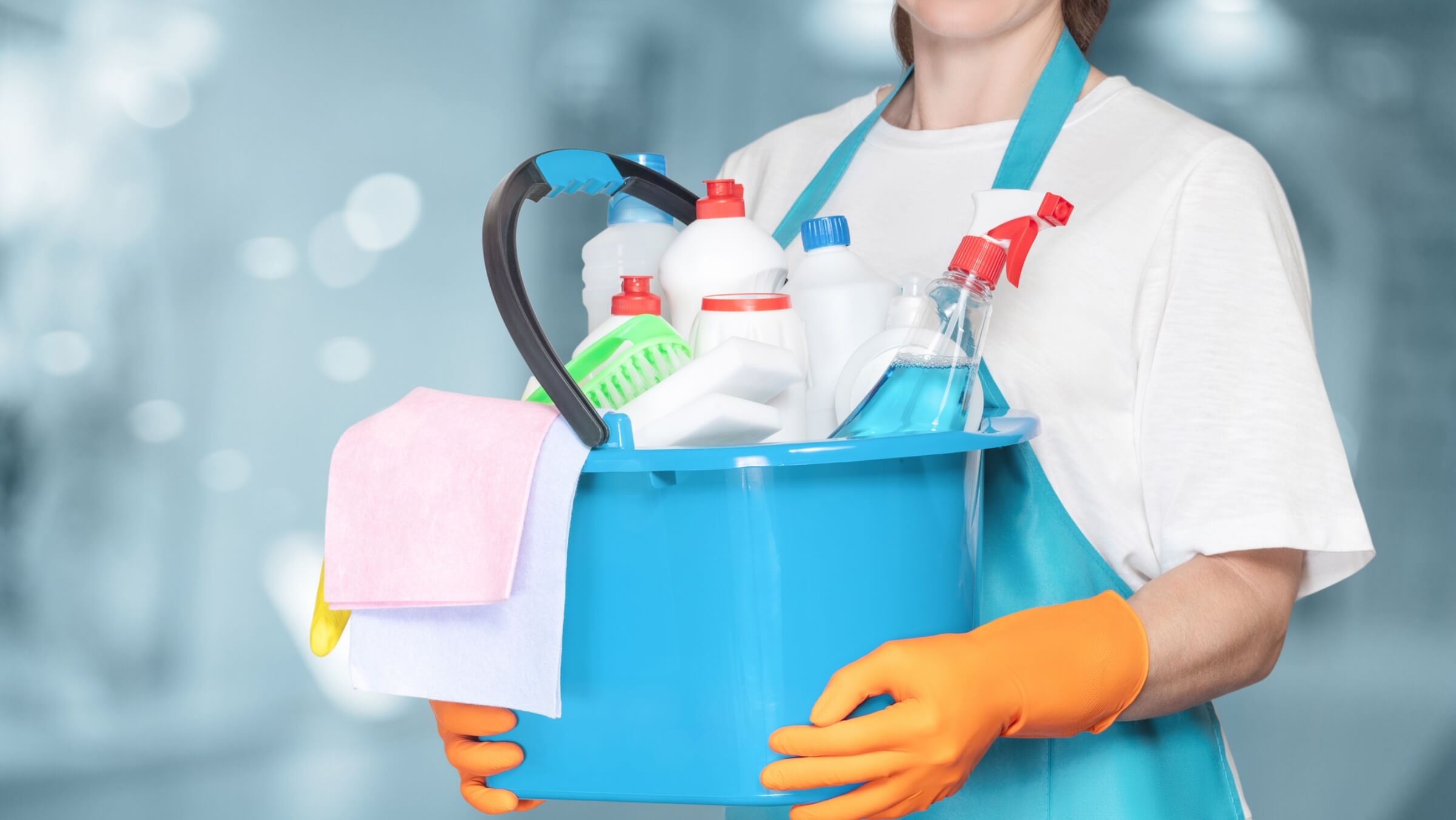
Prevent accidentally ruining your clothes and corroding surfaces by hiring local cleaners at Airtasker. As cleaning experts, they can provide a thorough house cleaning service to keep your home safe and germ-free! Plus, with their knowledge and experience, they can advise you on the right household cleaner to use.
Hiring a pro is easy! Just sign up for free, post a task detailing your budget and preferences, and wait for Taskers to give proposals.
Hydrogen peroxide vs bleach
| Hydrogen Peroxide |
Bleach |
|
| Cleaning Effectiveness | Loses effectiveness when exposed to light and high temperatures |
More effective due to strong oxidising power |
|
Safety |
Breaks down into oxygen and water but may cause skin irritation |
Corrosive, releases toxic fumes when mixed with other chemicals |
|
Material Compatibility |
Non-toxic, so safe to use on food containers and most household surfaces. Also, less damaging to textiles |
Also safe to use on most household surfaces but harsh on fabrics like spandex, wool, silk, leather, and rubber |
|
Environmental Impact |
Decomposes into water and oxygen without leaving toxic chemicals |
Releases pollutants/DBPs |
|
Cost |
Generally affordable, sold in smaller quantities |
Slightly cheaper due to widespread use |
|
Cleaning Application |
Easier application, no rinsing needed after sanitising |
Requires proper dilution due to higher concentration levels |
|
Shelf Life |
Requires opaque containers to last longer |
Must be properly sealed and stored in a cool, dark place |
FAQs on hydrogen peroxide and bleach
Yes, because the chemical compound hydrogen peroxide is suitable for cleaning and sanitising surfaces and has bleaching properties that can remove stains. It differs from traditional chlorine bleach because it does not leave toxic residue.
Although liquid bleach contains diluted sodium hypochlorite that can effectively kill bacteria, hydrogen peroxide reacts better in killing mold on solid surfaces. This is because hydrogen peroxide can partially penetrate semi-porous surfaces to reach the deeper layers of mold, unlike chemical bleach.
If mold persists after applying hydrogen peroxide, consider contacting mold removal experts to eliminate visible signs of infestation.
Yes, hydrogen peroxide is safer because it breaks into natural substances after you apply it on a surface. Just make sure that when you create a dilute solution of half hydrogen peroxide with half water, wear gloves for extra protection.
It’s not advisable to use hydrogen peroxide for cleaning cuts and scrapes because it can delay wound healing and irritate the skin.
But when it comes to household cleaning, you should not use hydrogen peroxide on surfaces made of zinc, brass, copper, or silver because it can cause corrosion and discoloration.
You can use undiluted white vinegar as a hydrogen peroxide substitute because it contains acetic acid, an antimicrobial agent. Rubbing alcohol with at least 70% isopropanol is another alternative to hydrogen peroxide because it can kill bacteria quickly.
Find cleaners, fast
Post a task
Related articles
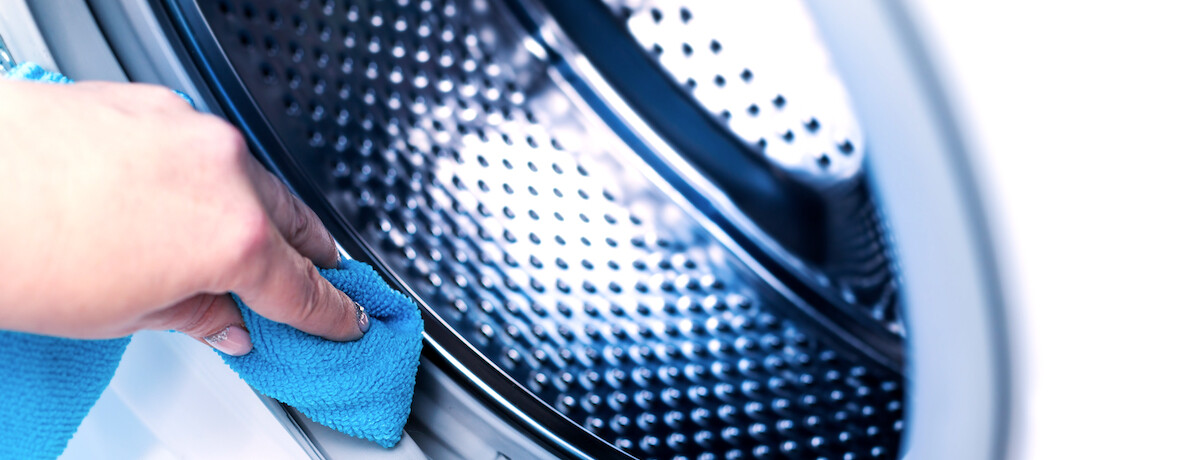
How to best clean a washing machine
Read more
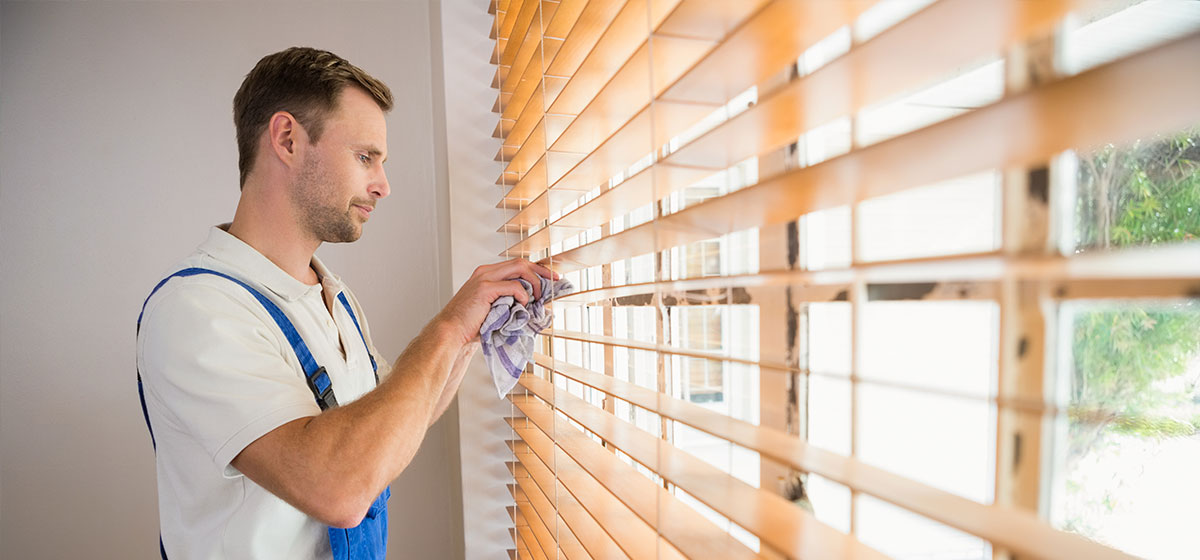
How to clean Venetian blinds
Read more
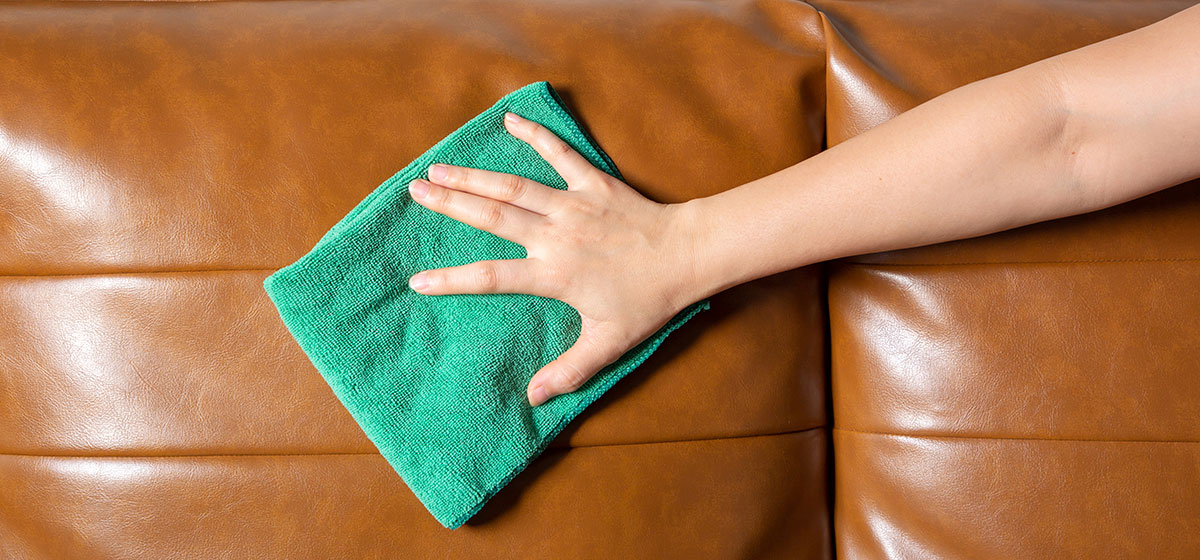
How to clean leather couch at home
Read more
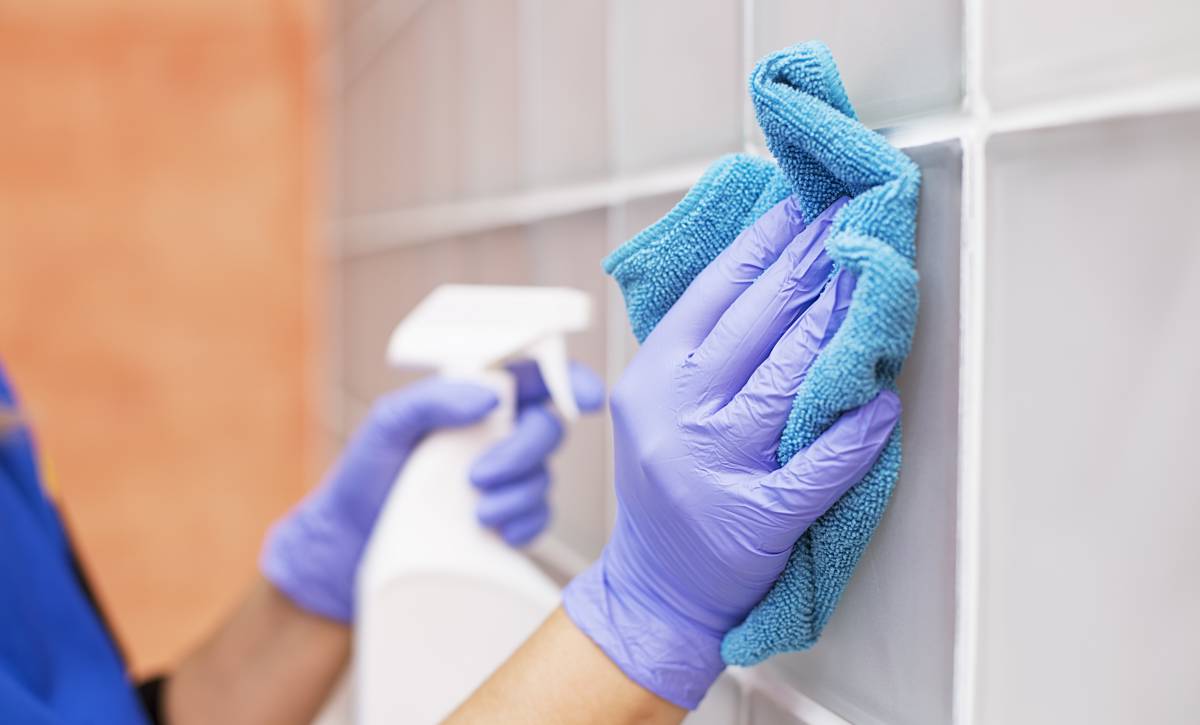
How to get more cleaning jobs
Read more

How to get a cleaning certification
Read more
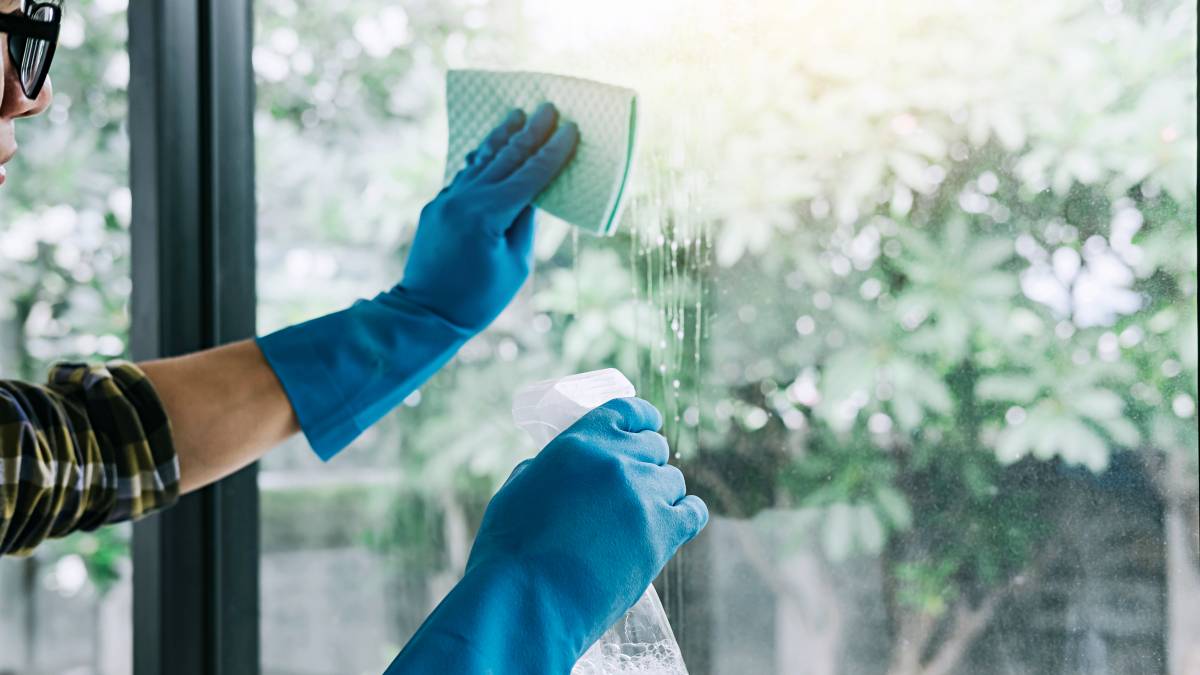
How to price cleaning jobs
Read more
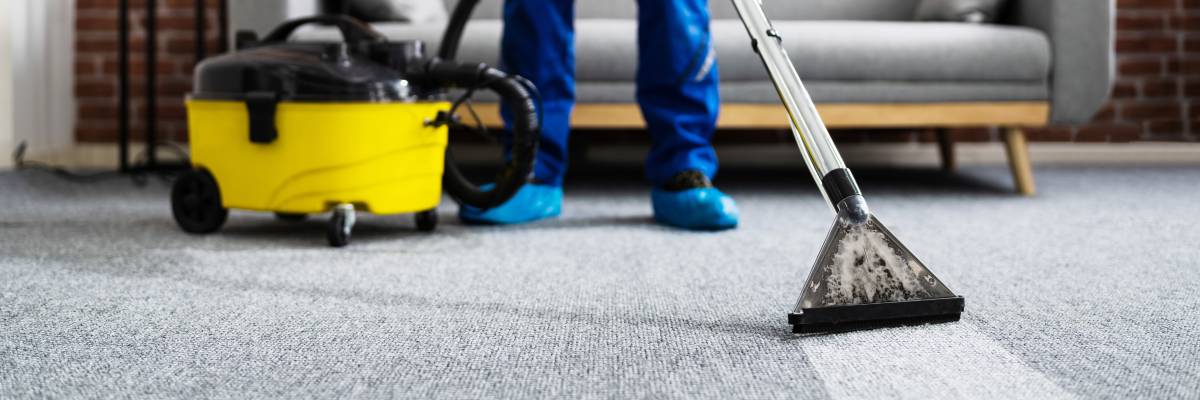
How to become a housekeeper
Read more
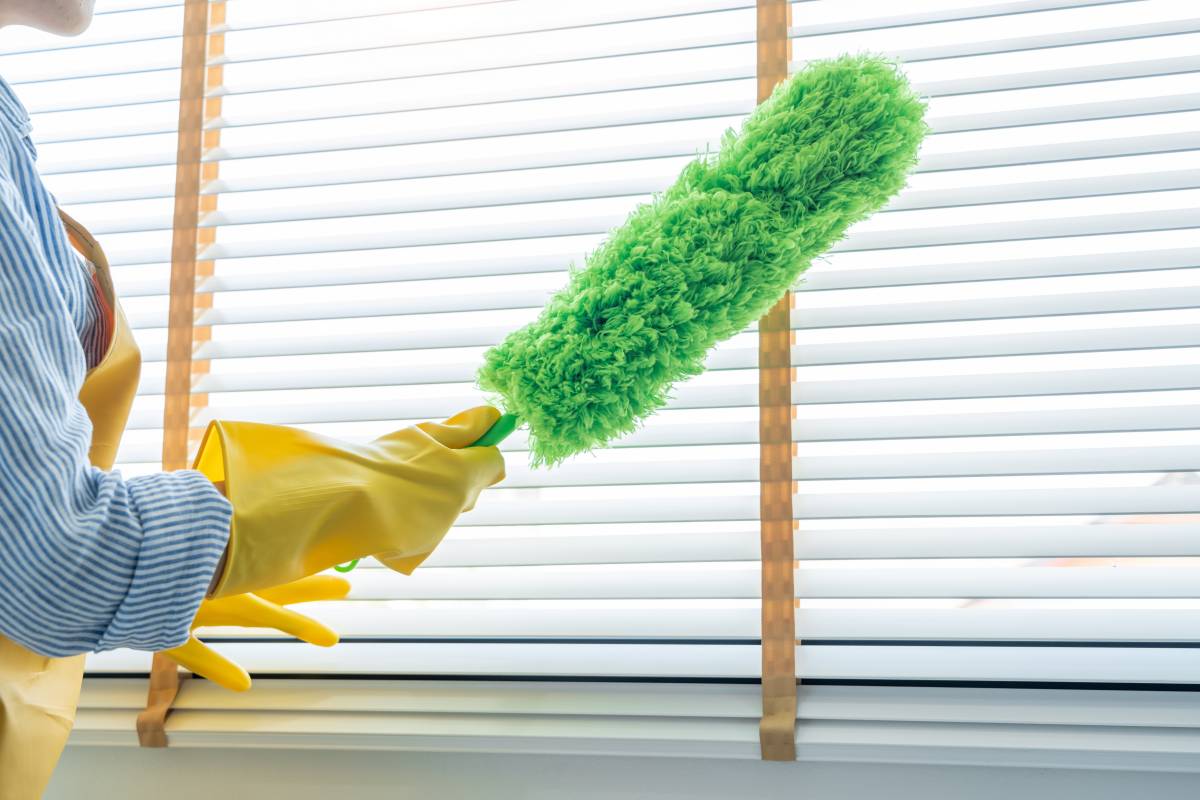
How to clean a duster
Read more

How to get rid of dust in your home
Read more
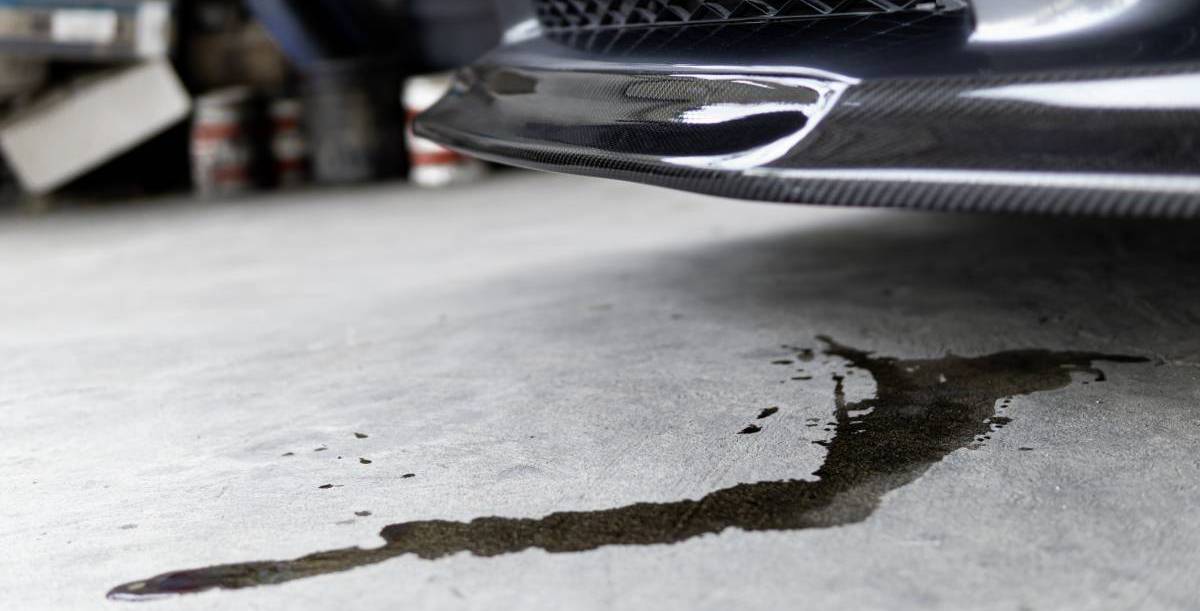
How to clean a garage floor
Read more
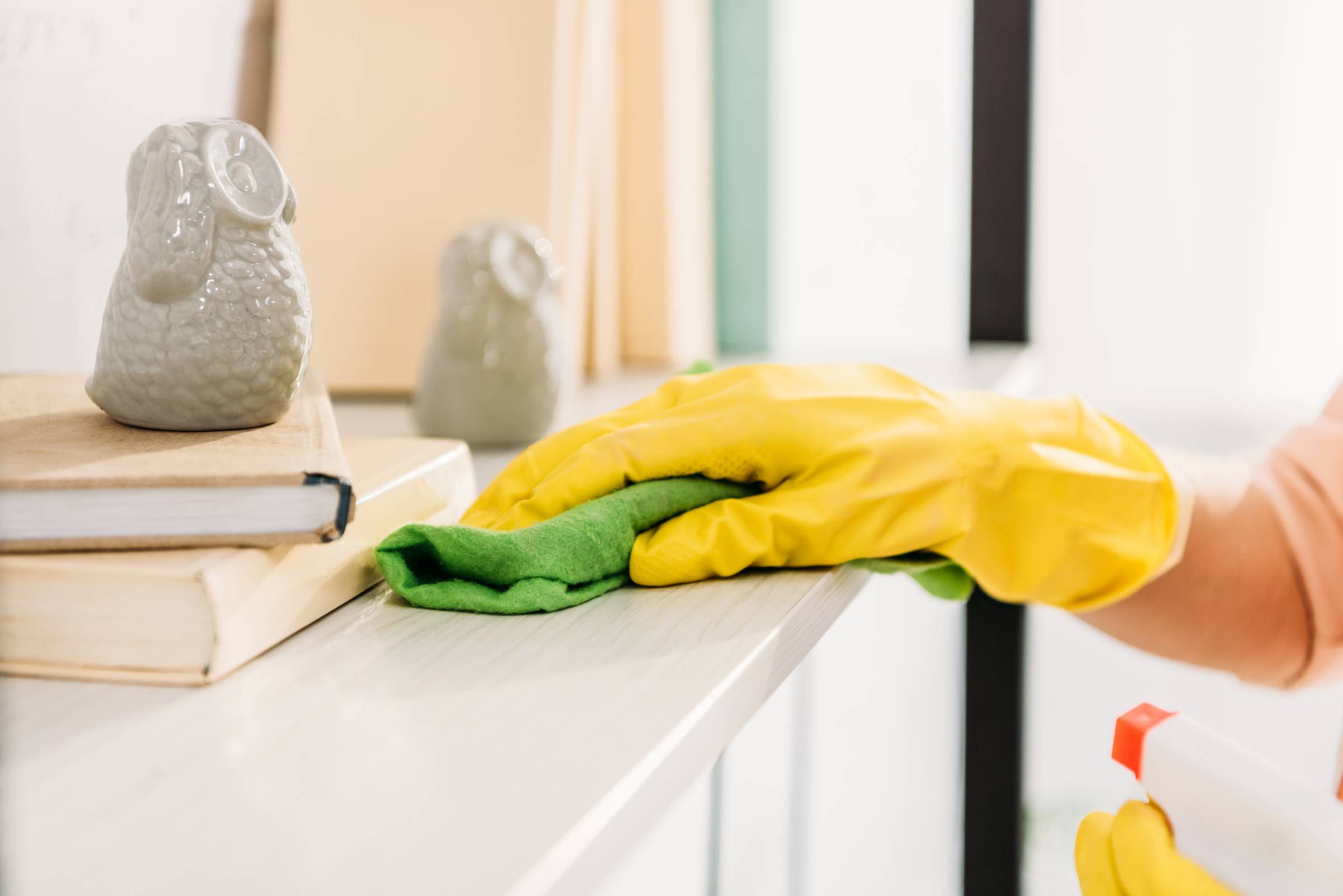
The ultimate spring cleaning checklist
Read more

End of tenancy cleaning checklist
Read more
Related price guides
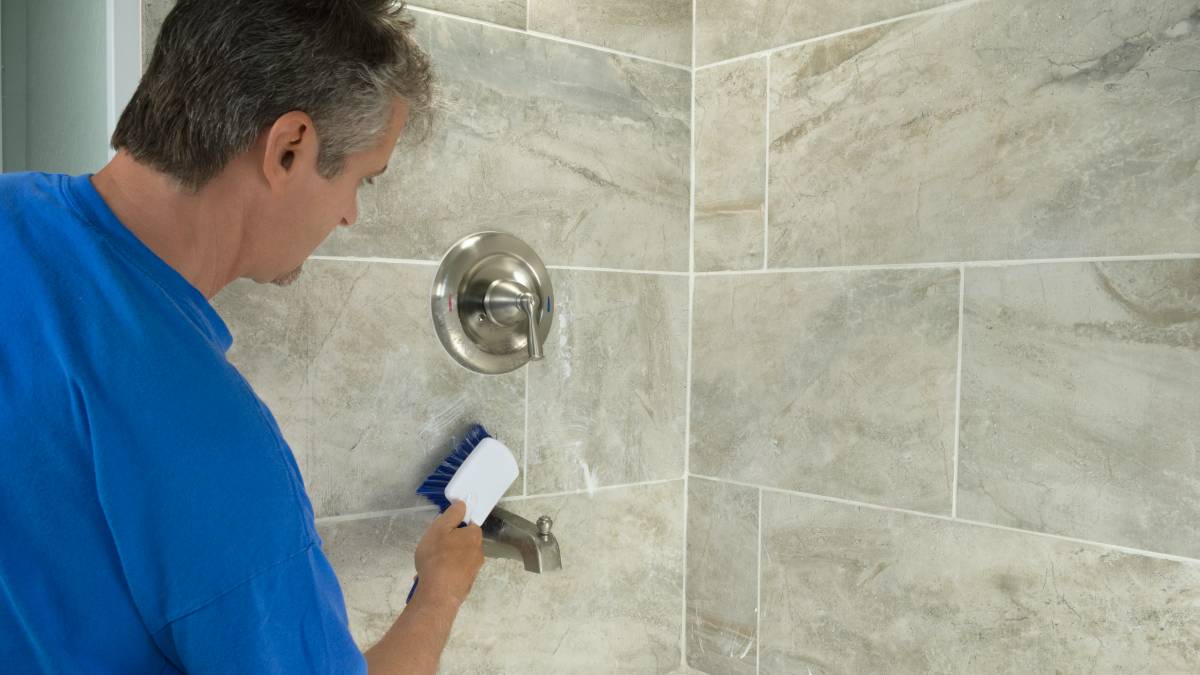
How much does tile cleaning cost?
Read more
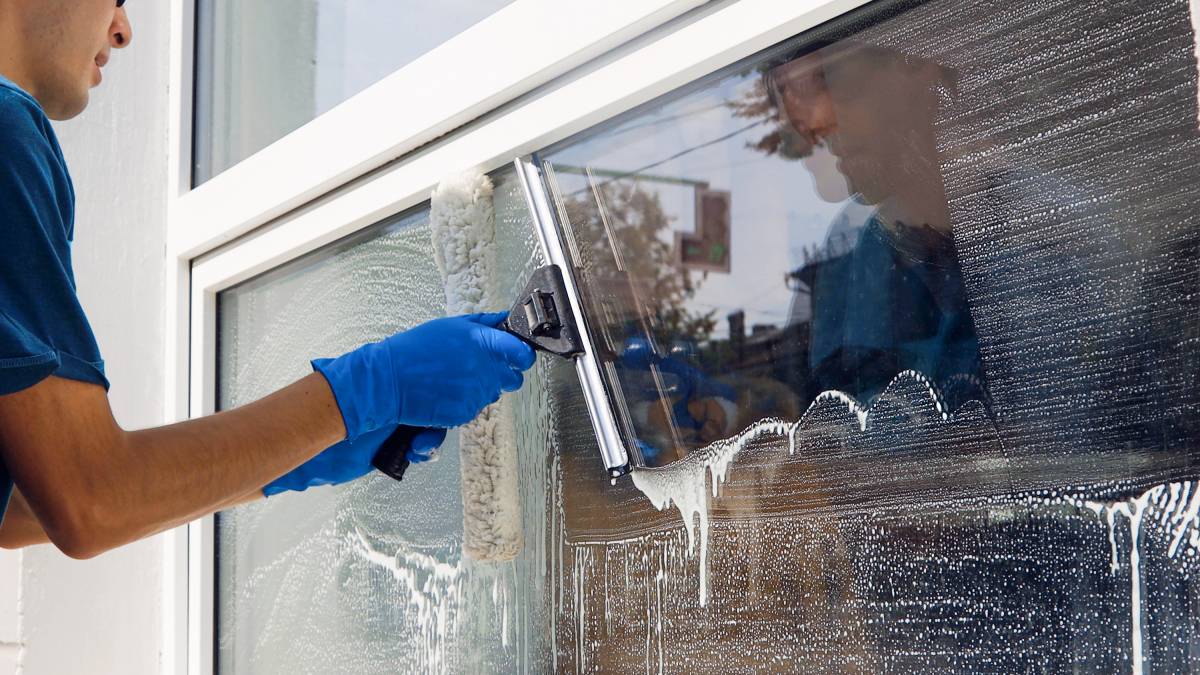
How much does a cleaner cost?
Read more

How much does attic cleaning cost?
Read more
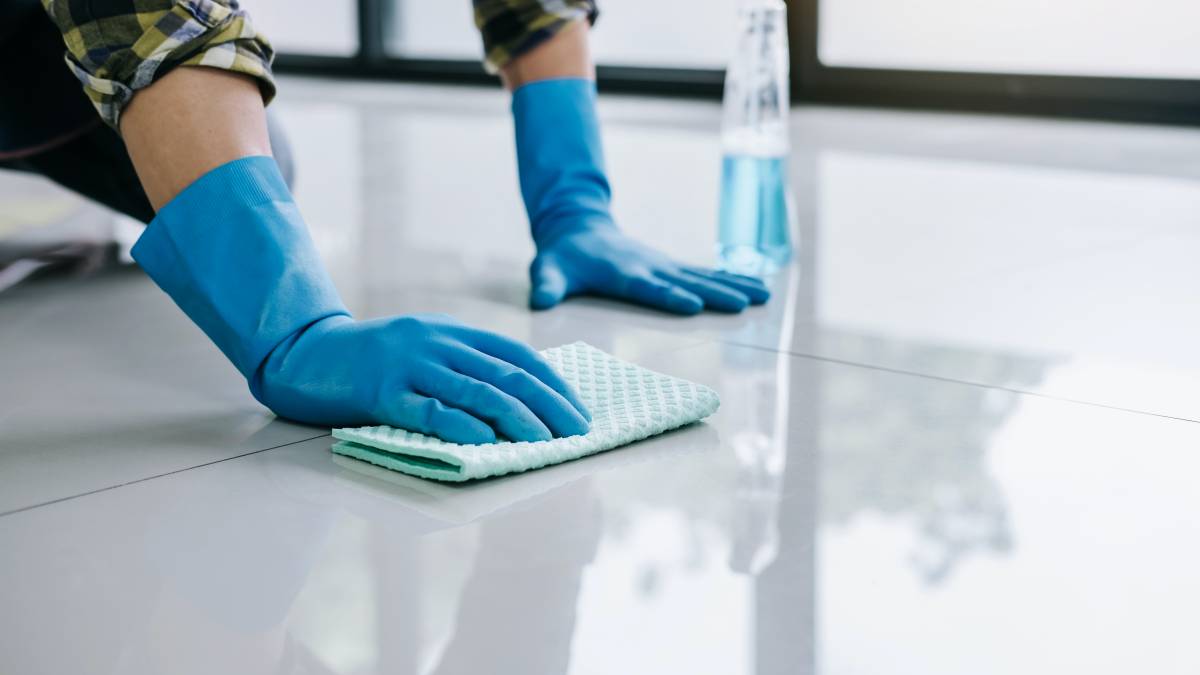
How much does floor cleaning cost?
Read more

How much does office cleaning cost?
Read more
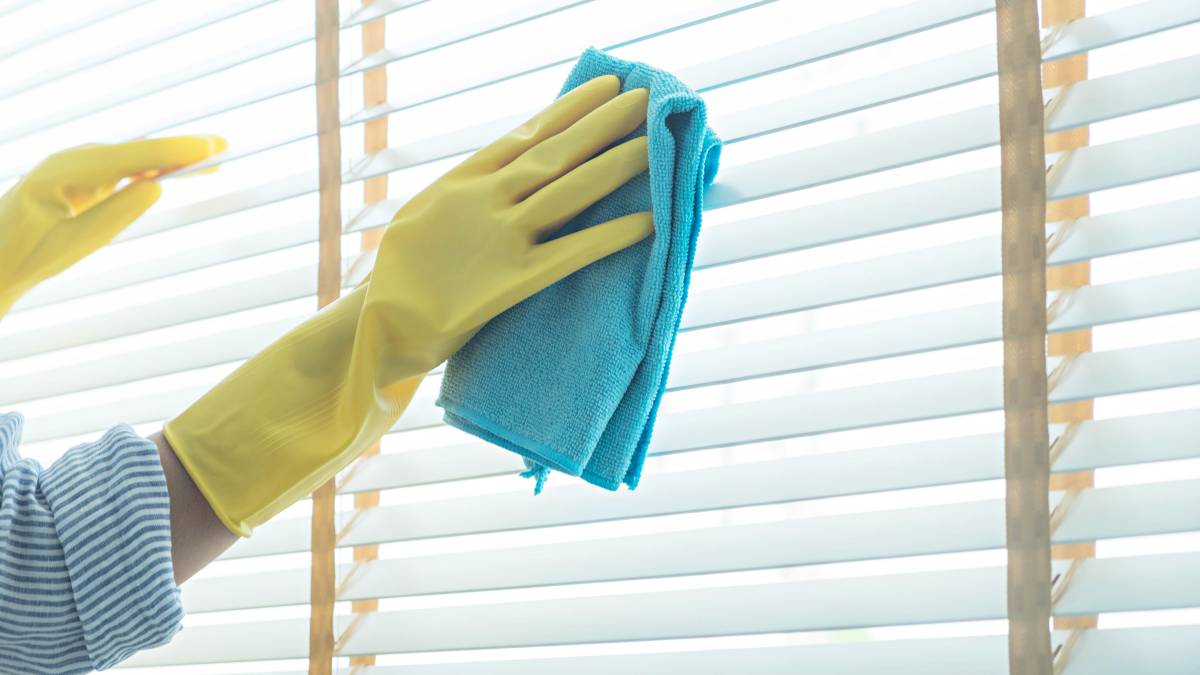
How much does blind cleaning cost?
Read more
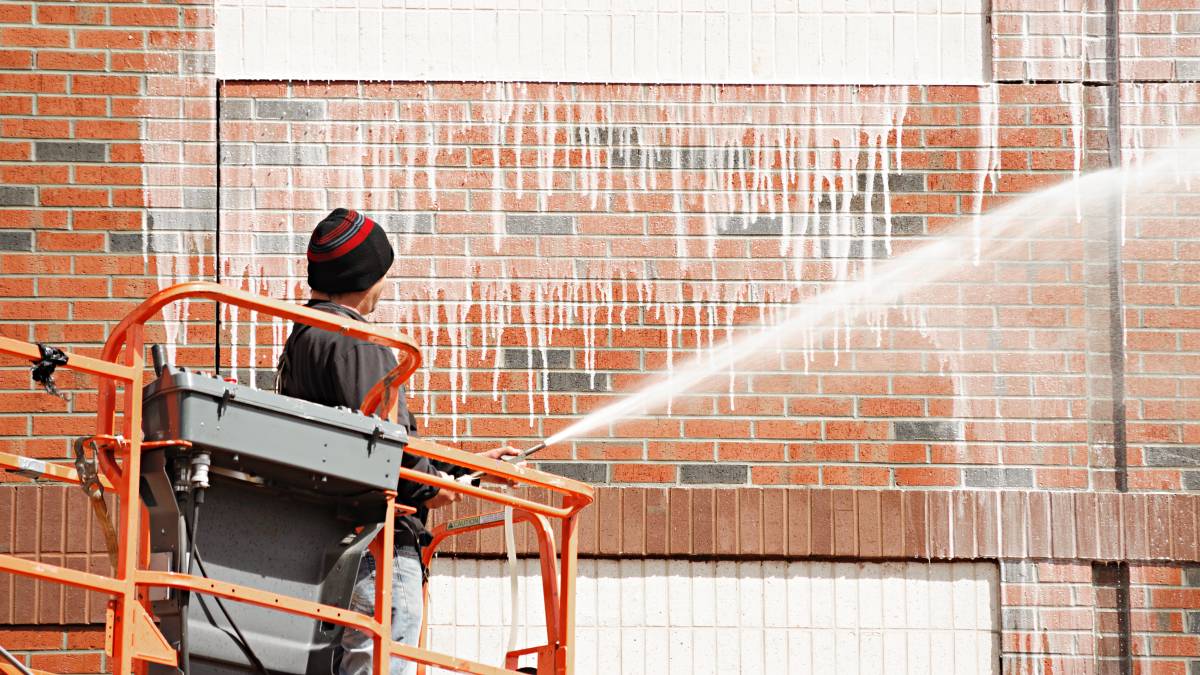
How much does brick cleaning cost?
Read more
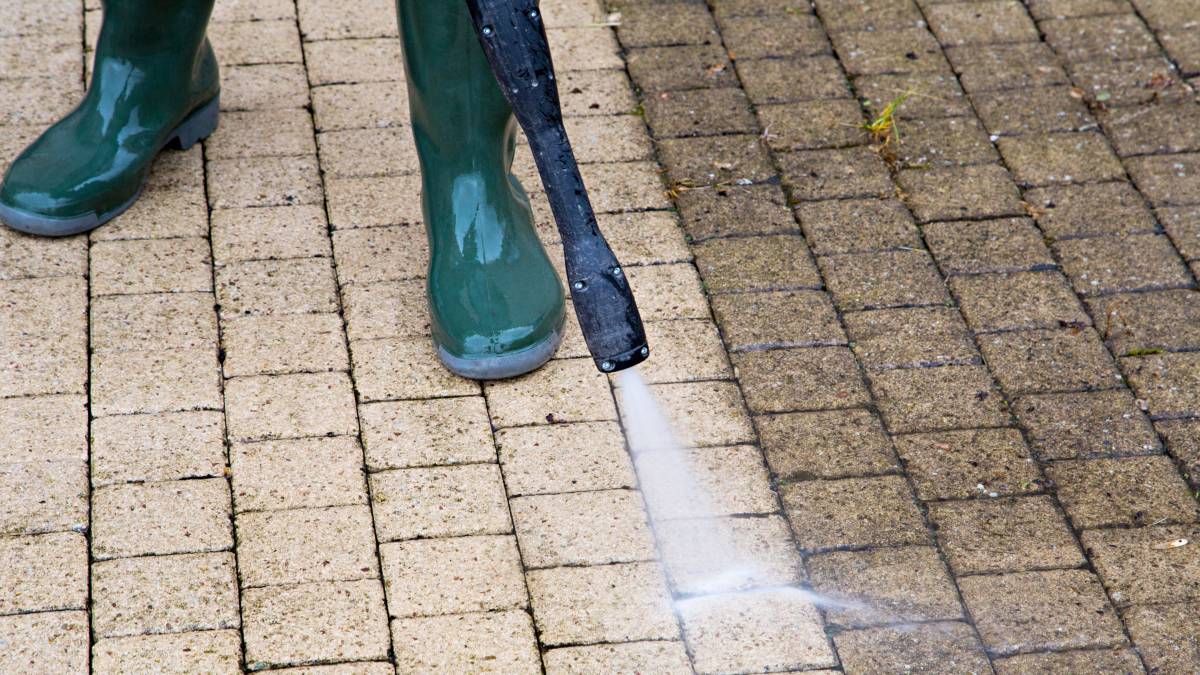
How much does pressure washing cost?
Read more

How much does sofa cleaning cost?
Read more
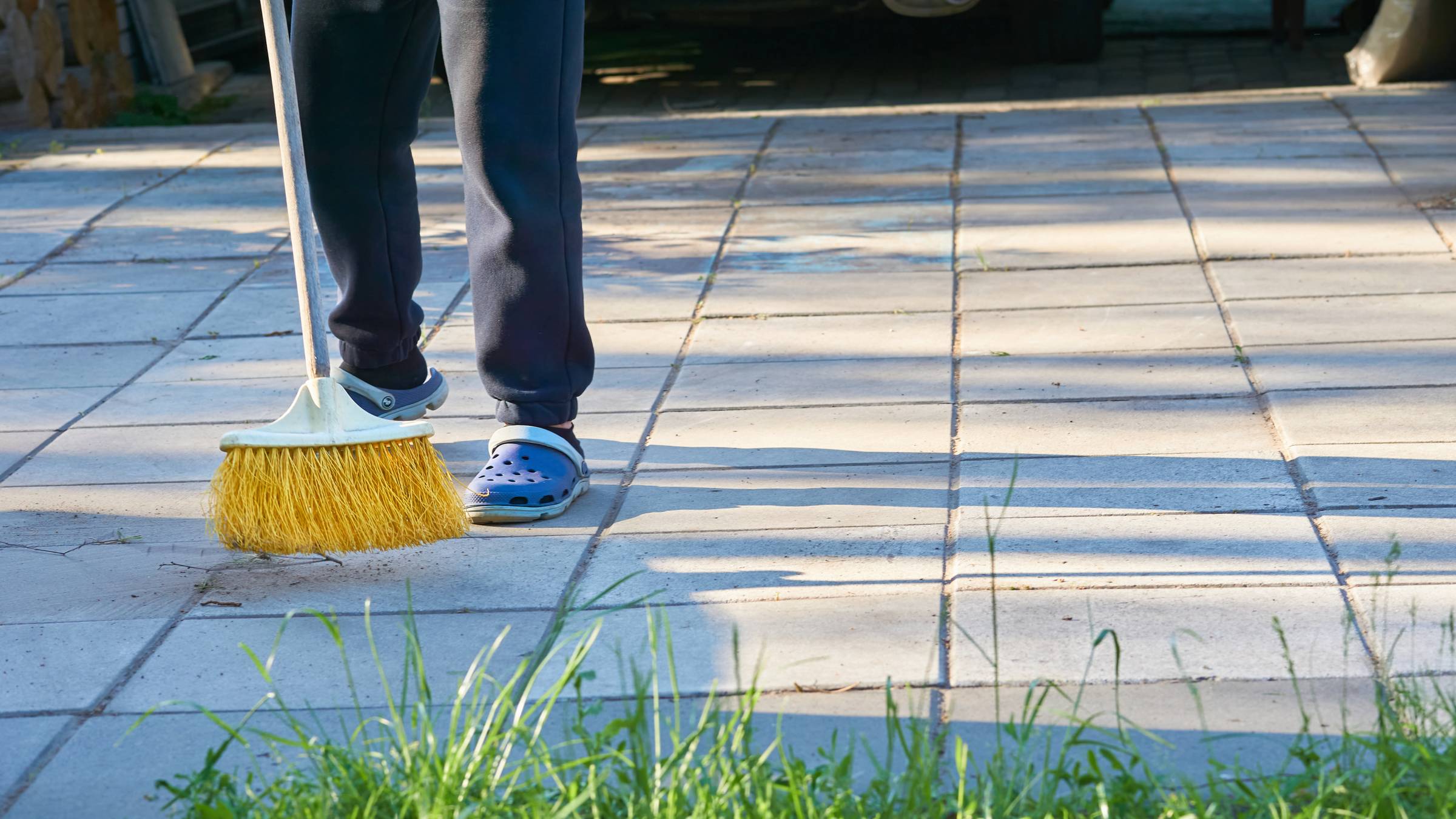
How much does patio cleaning cost?
Read more
